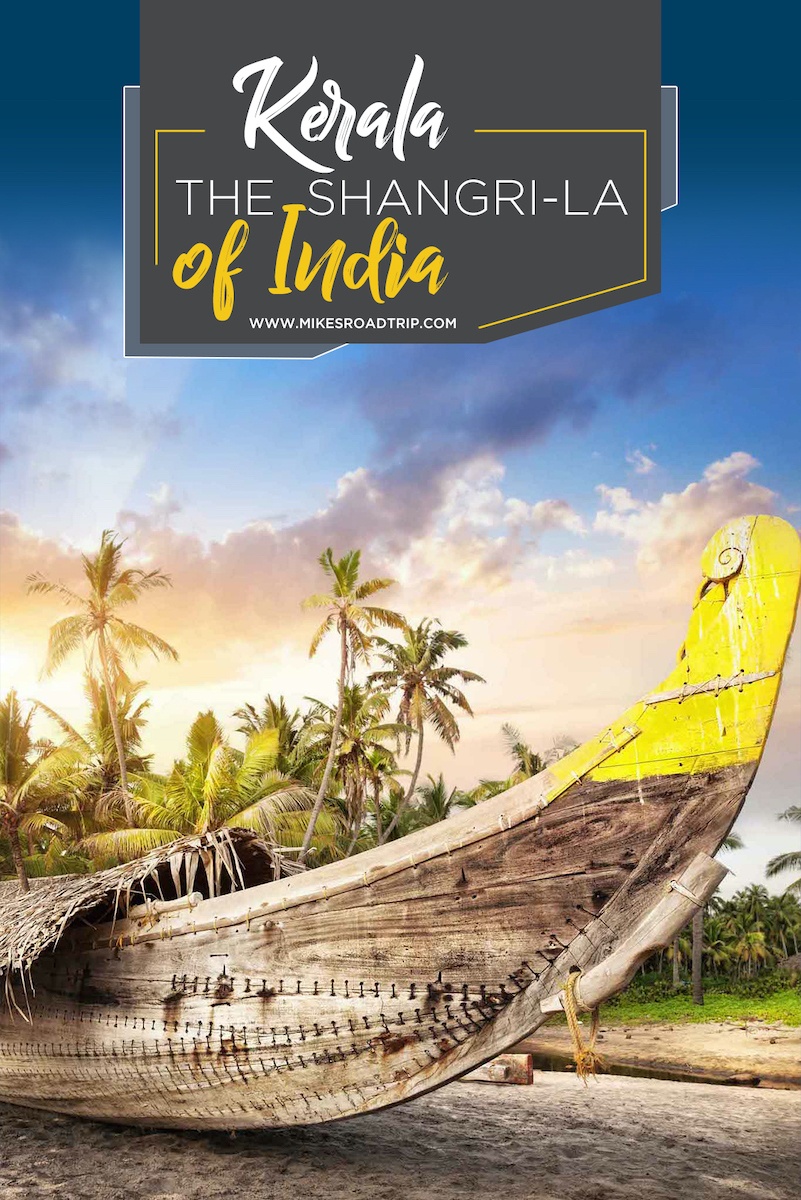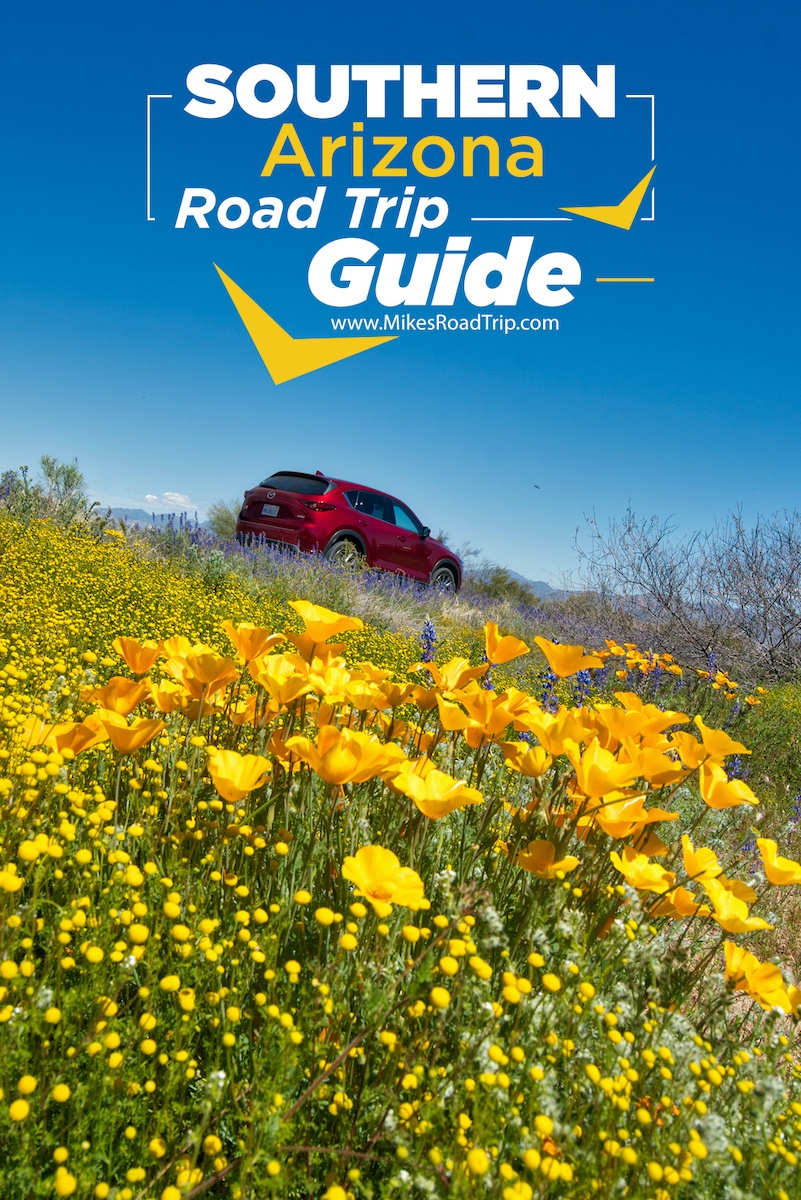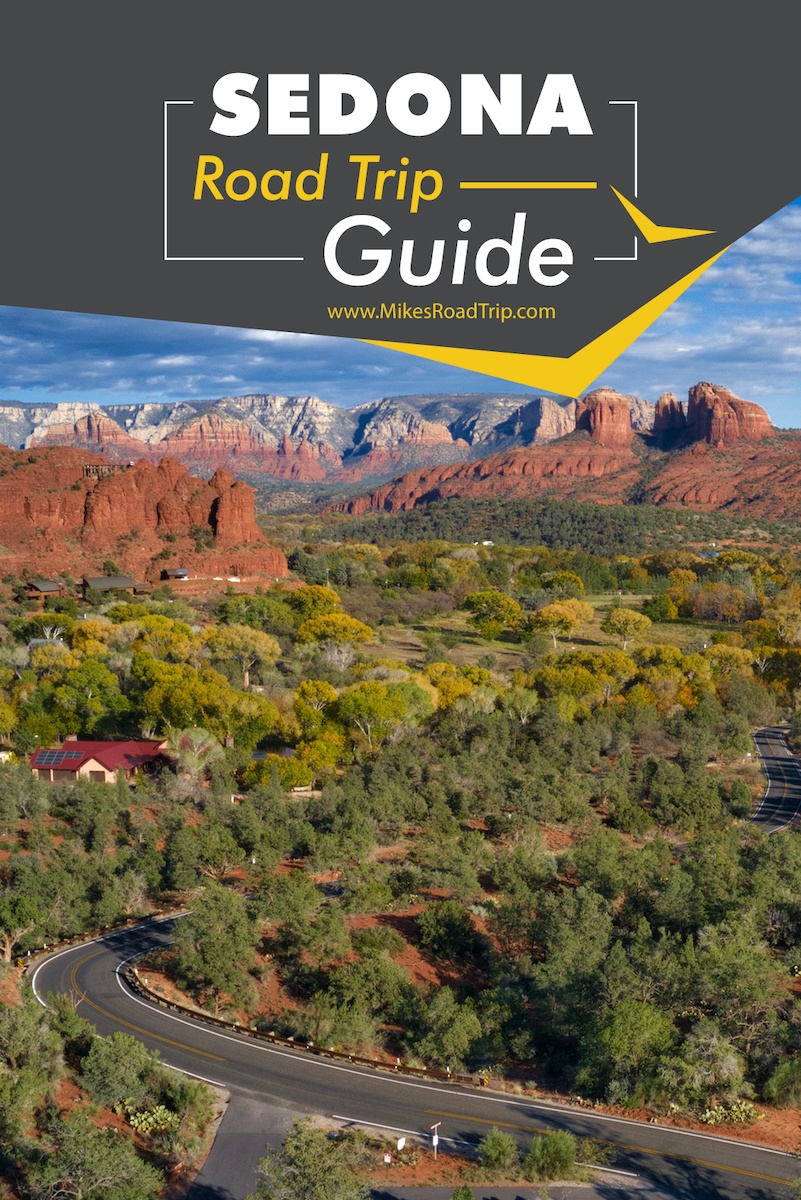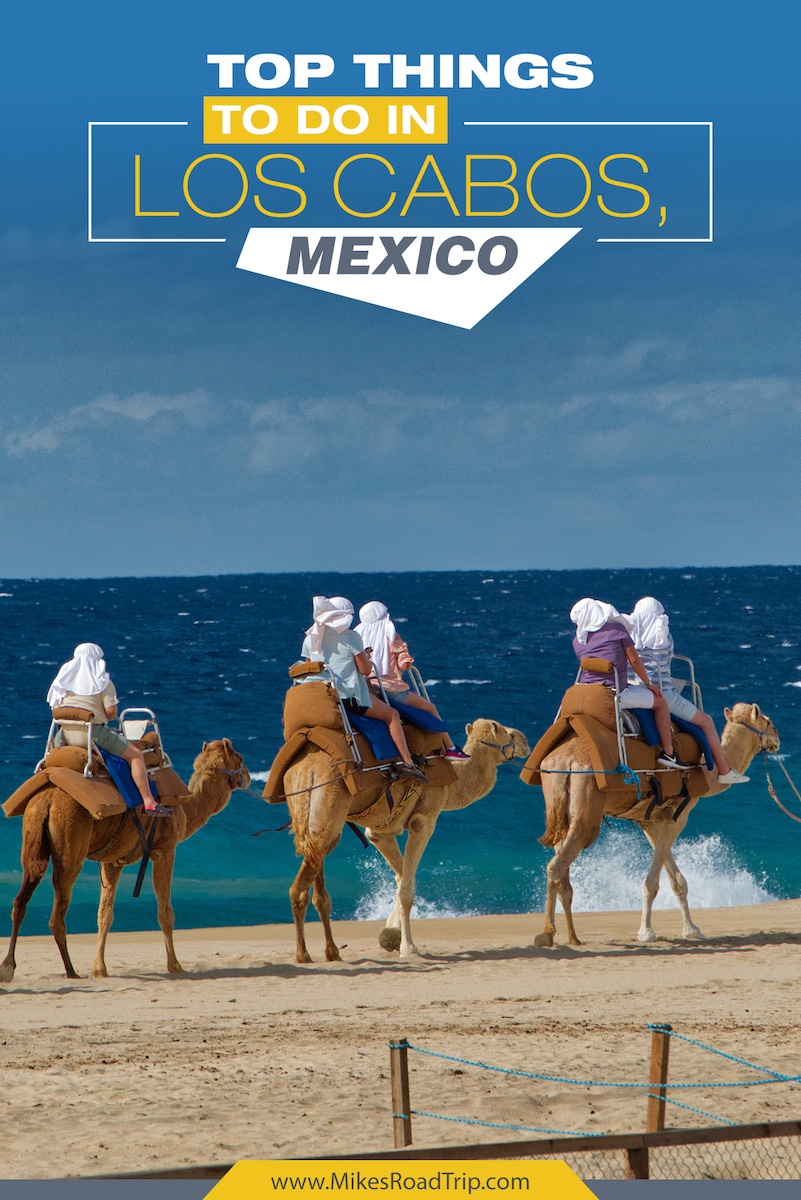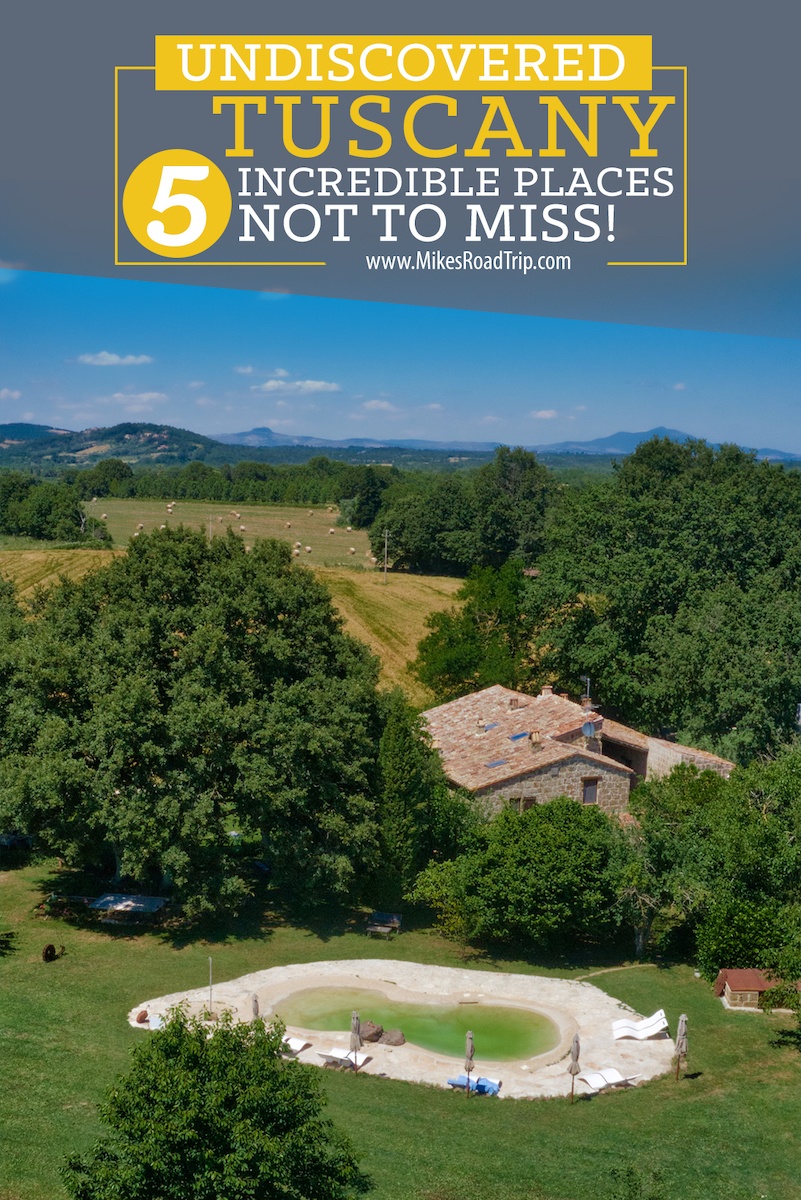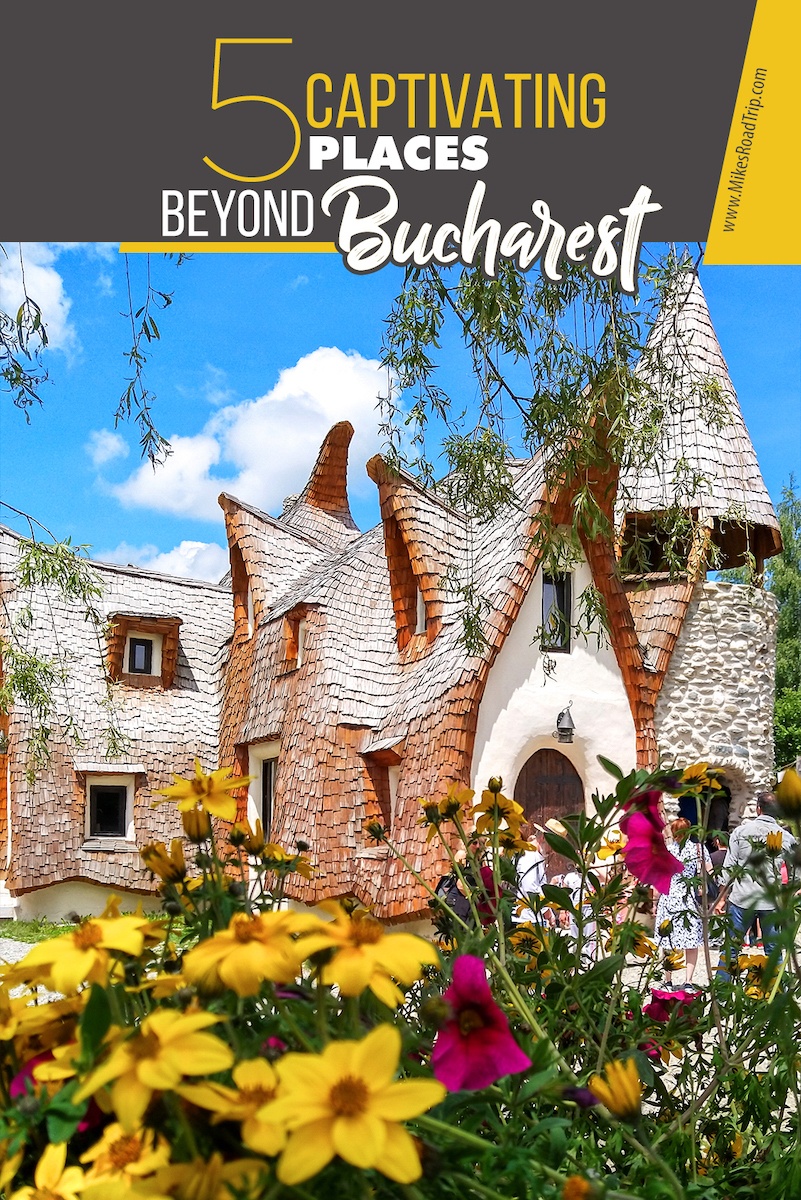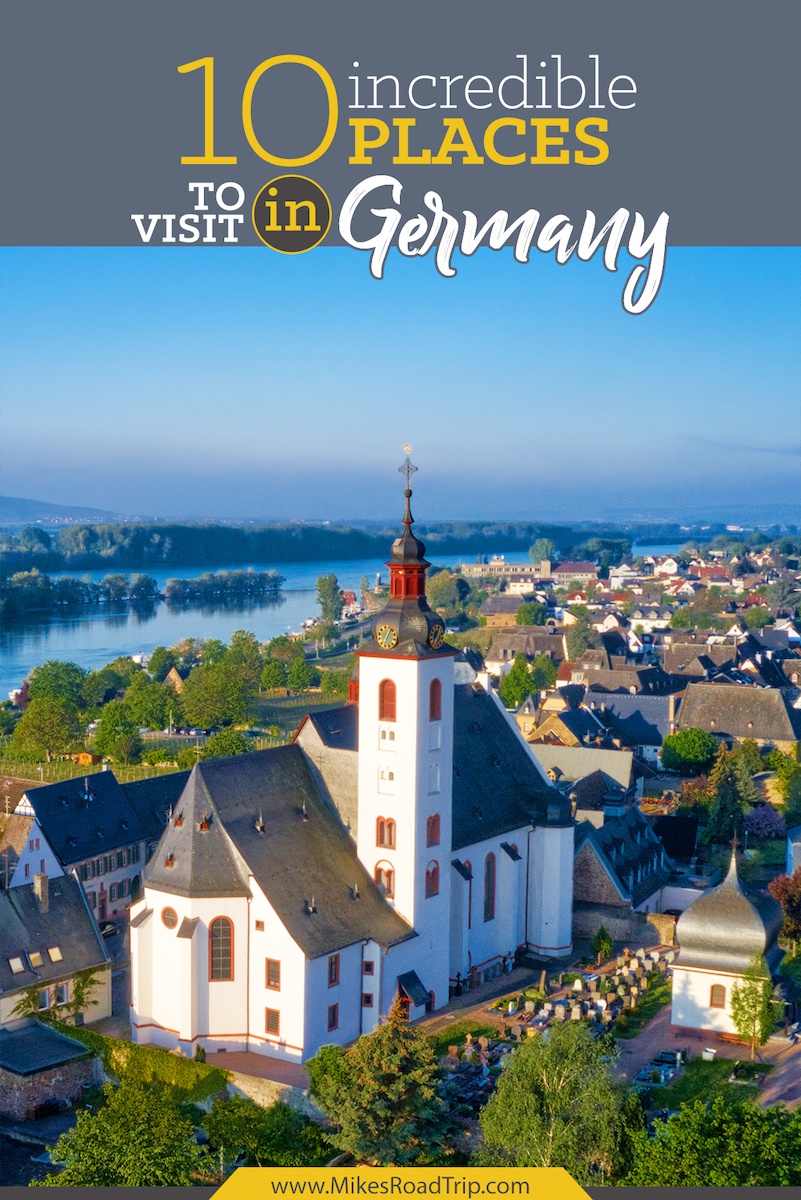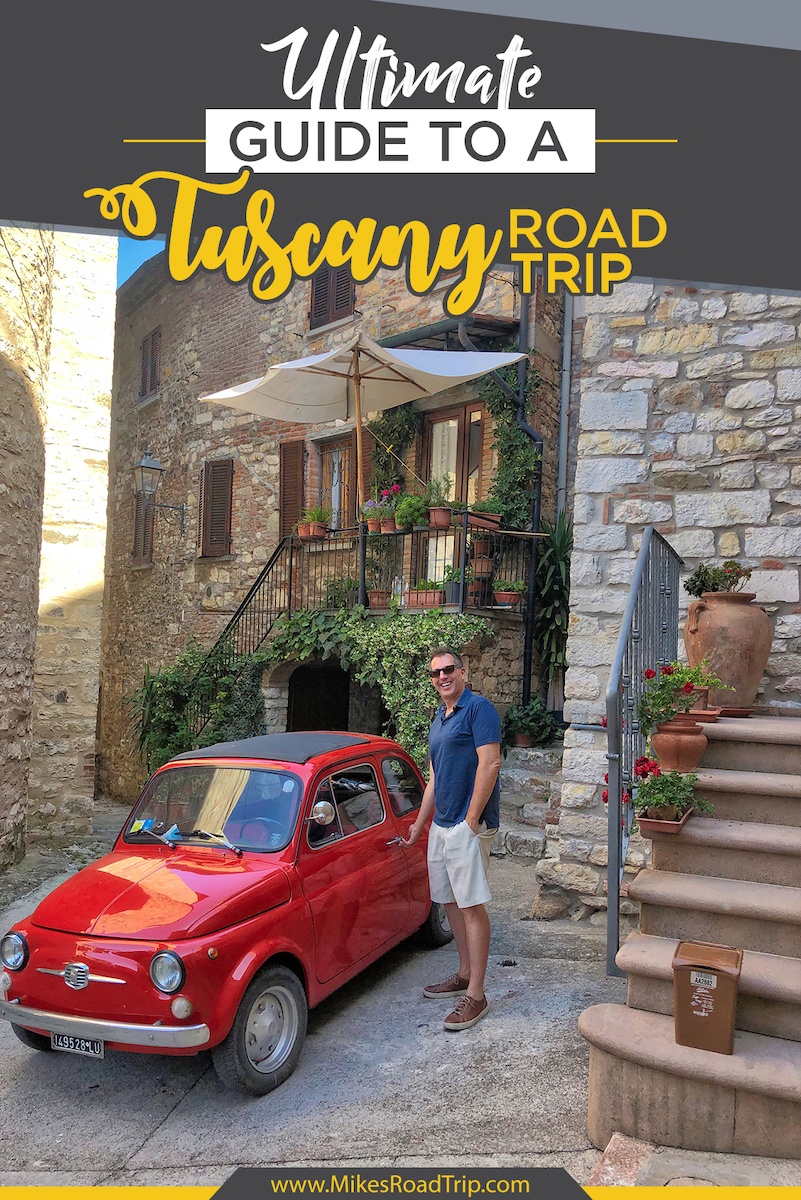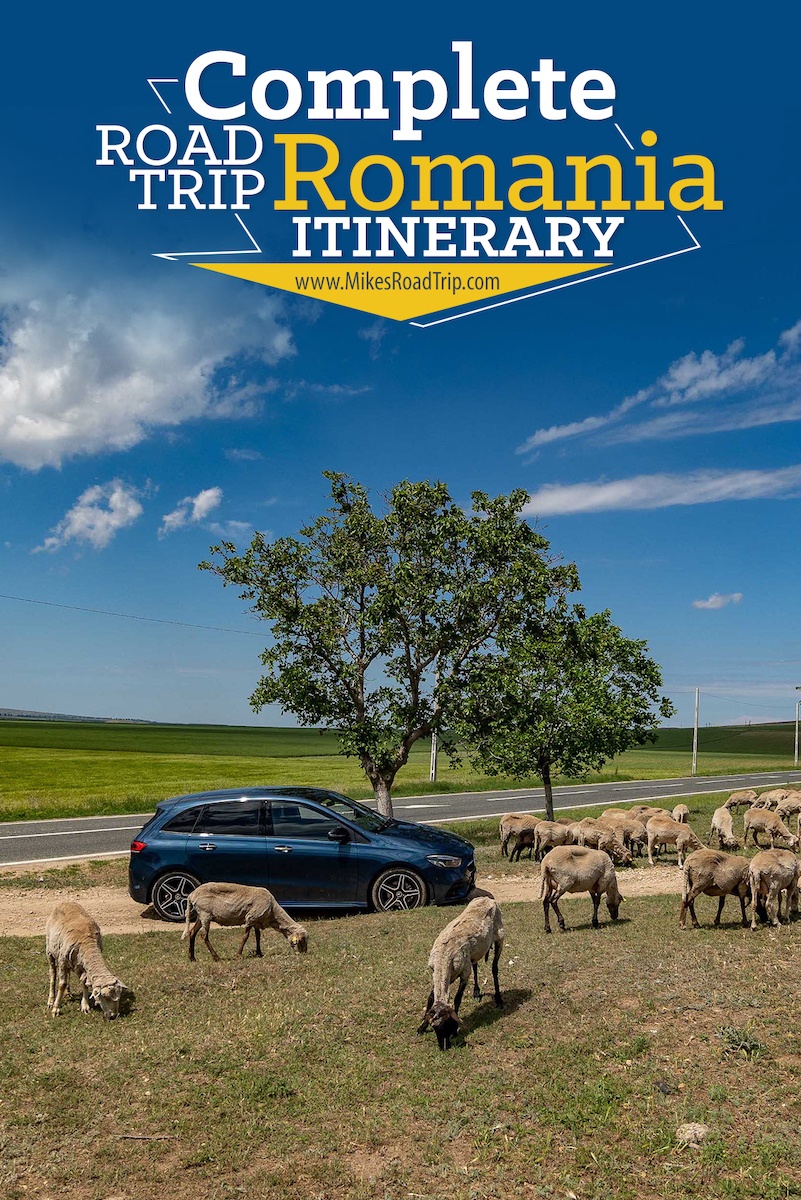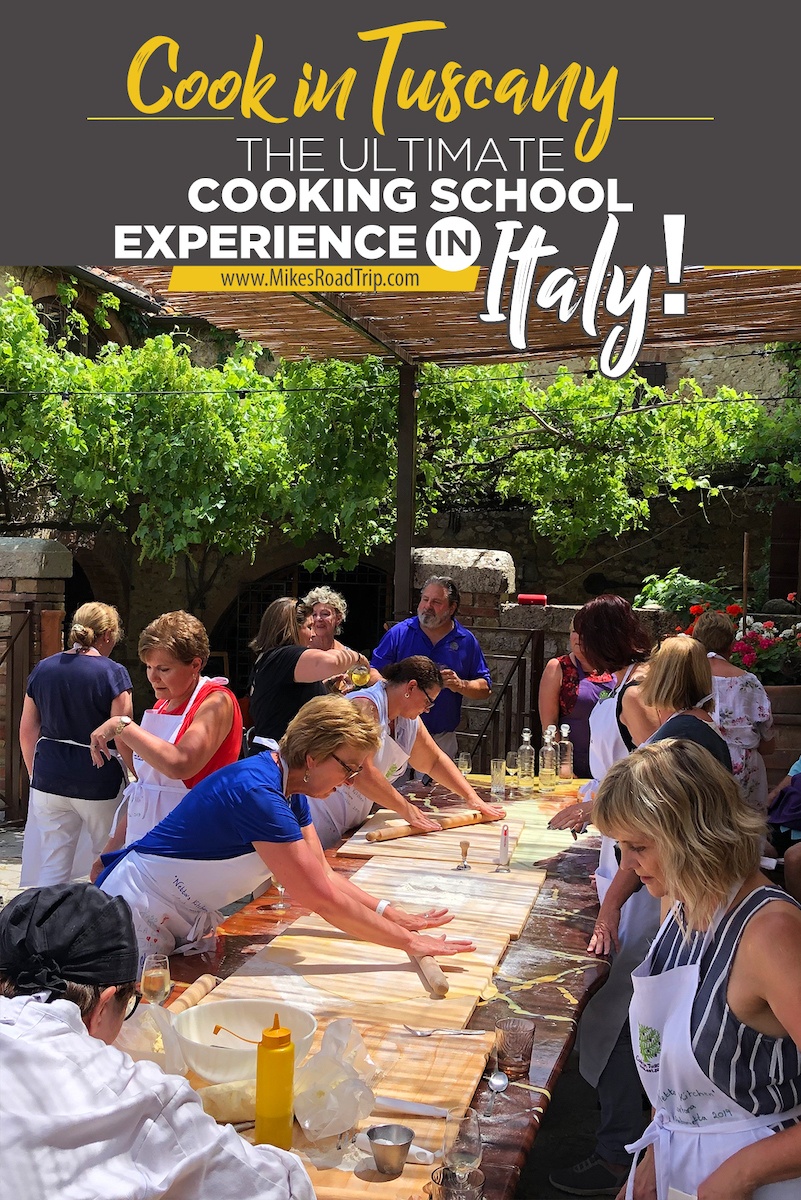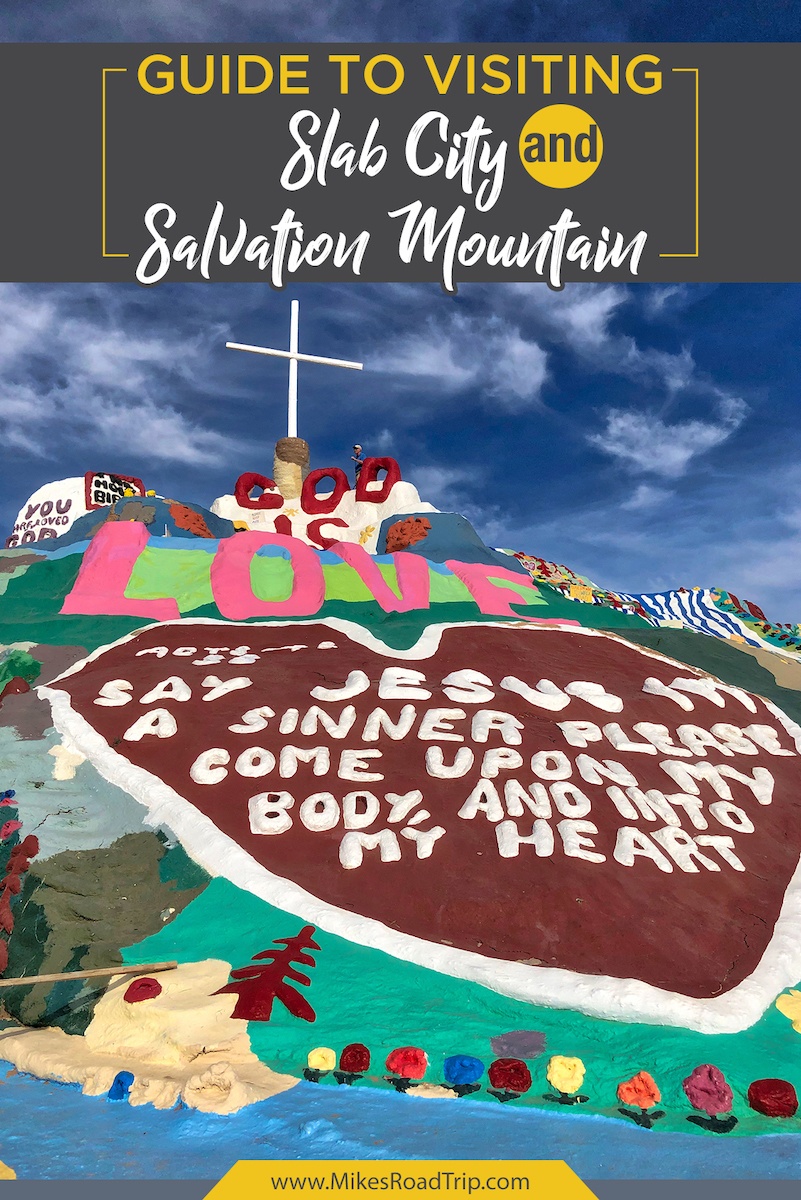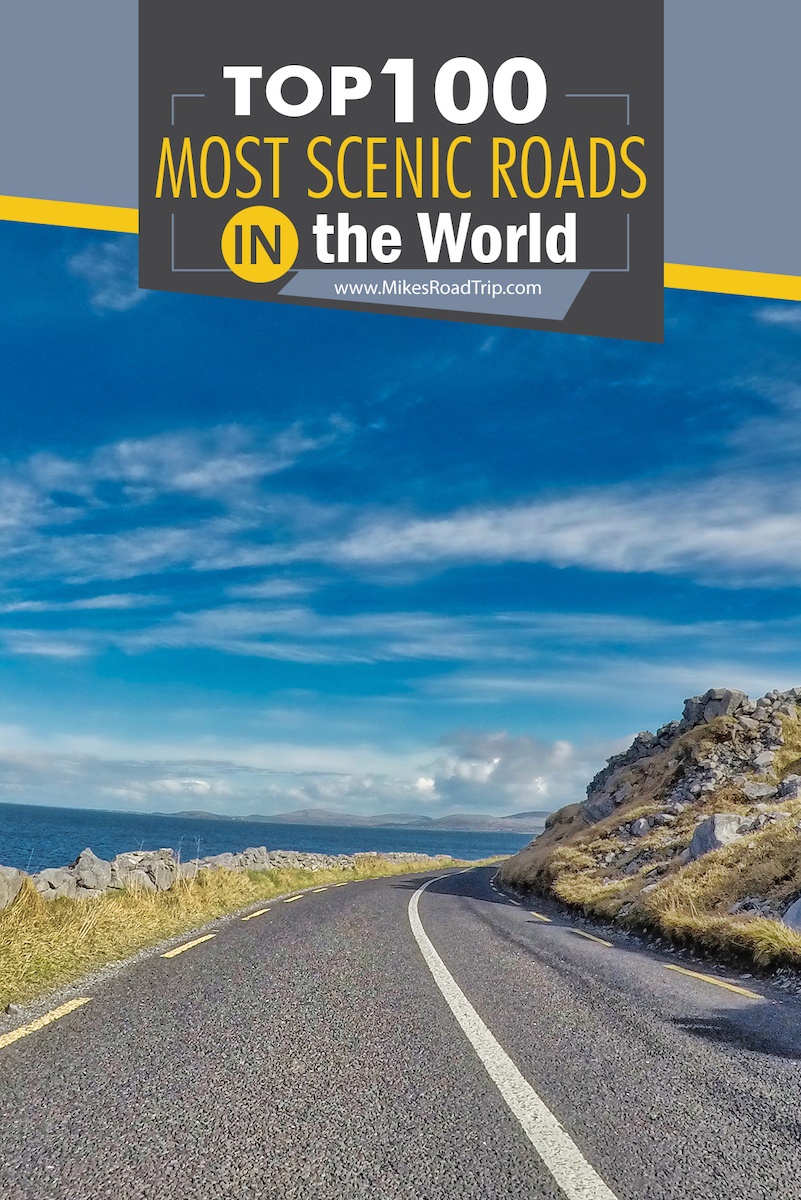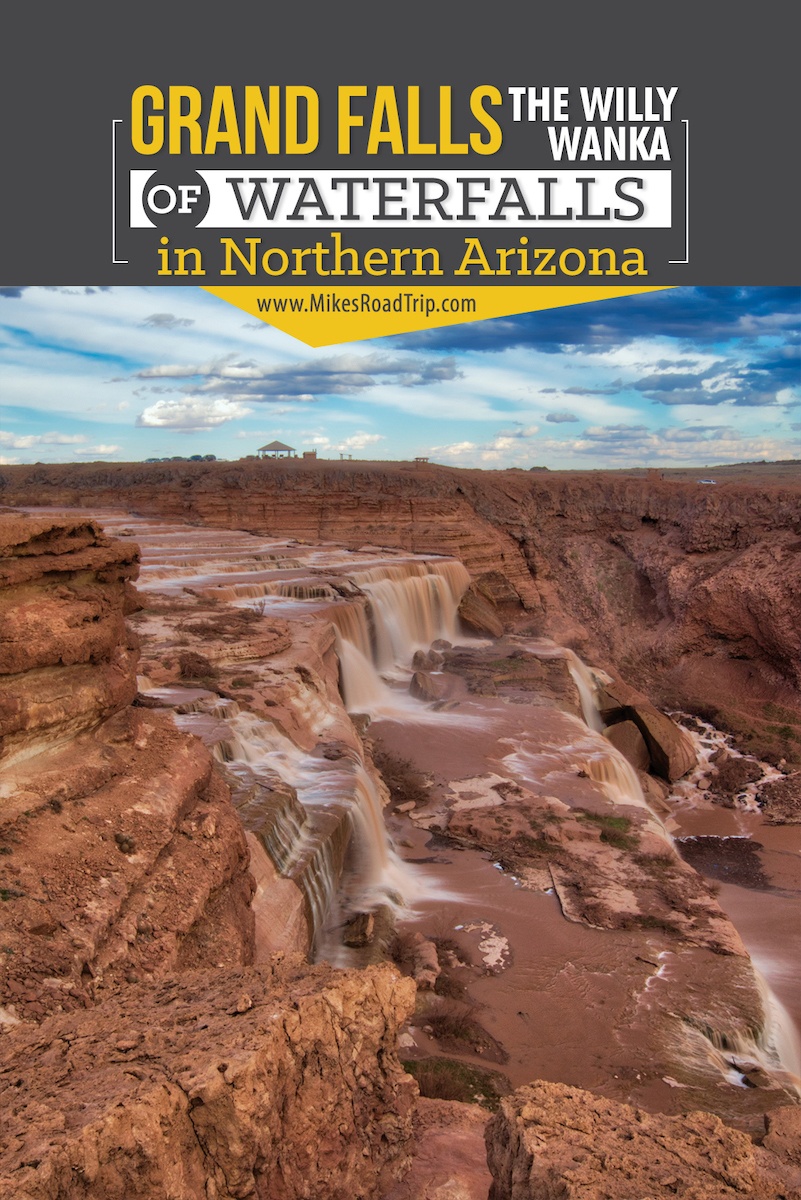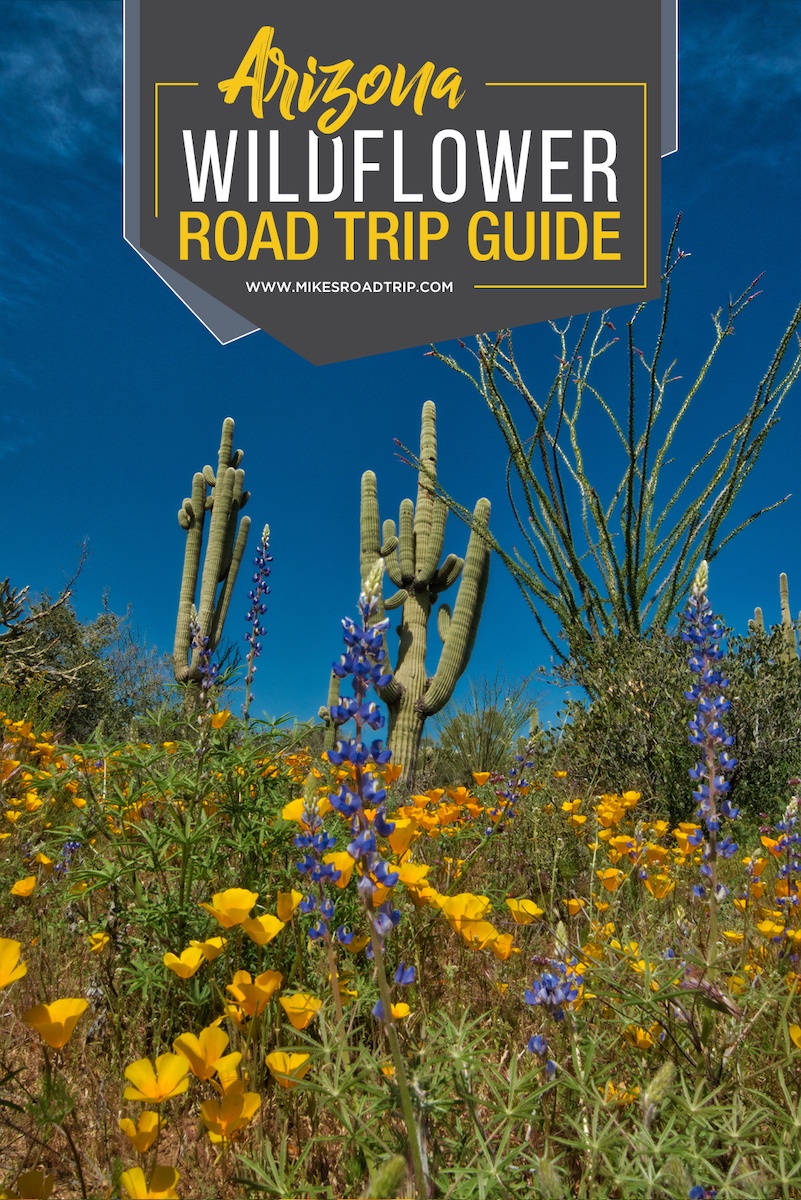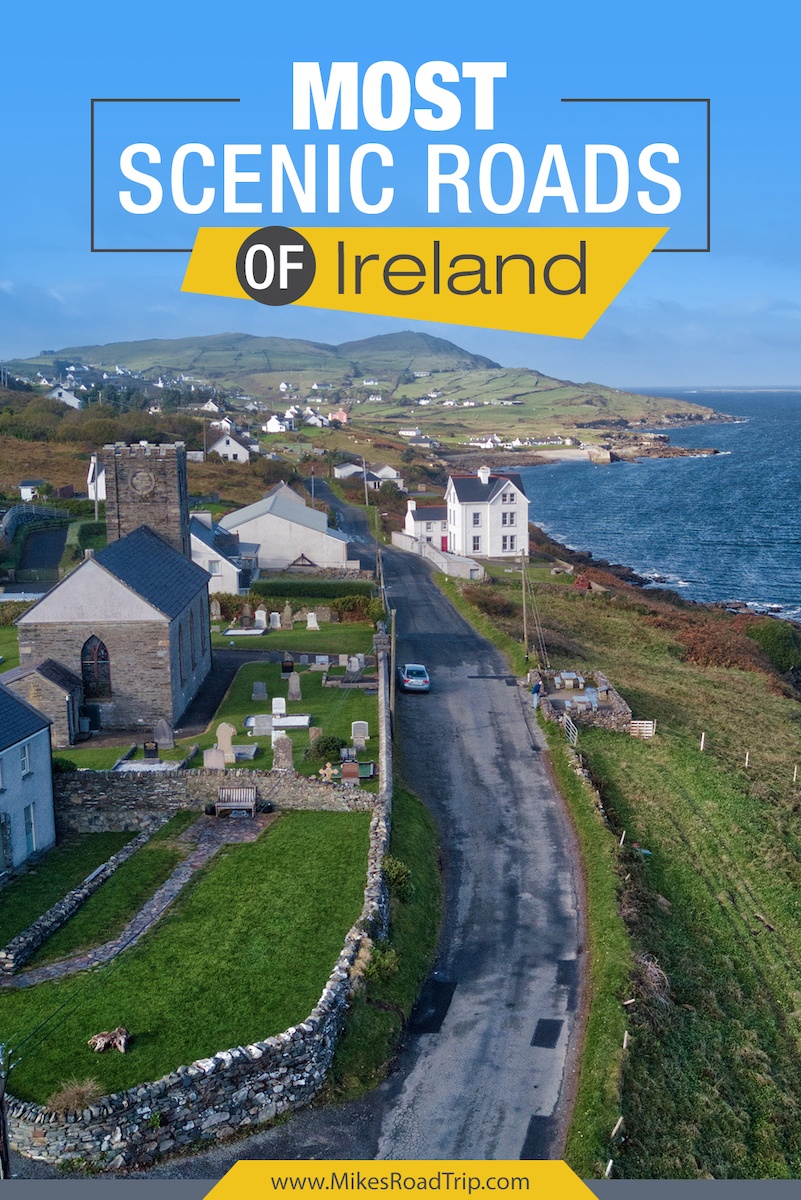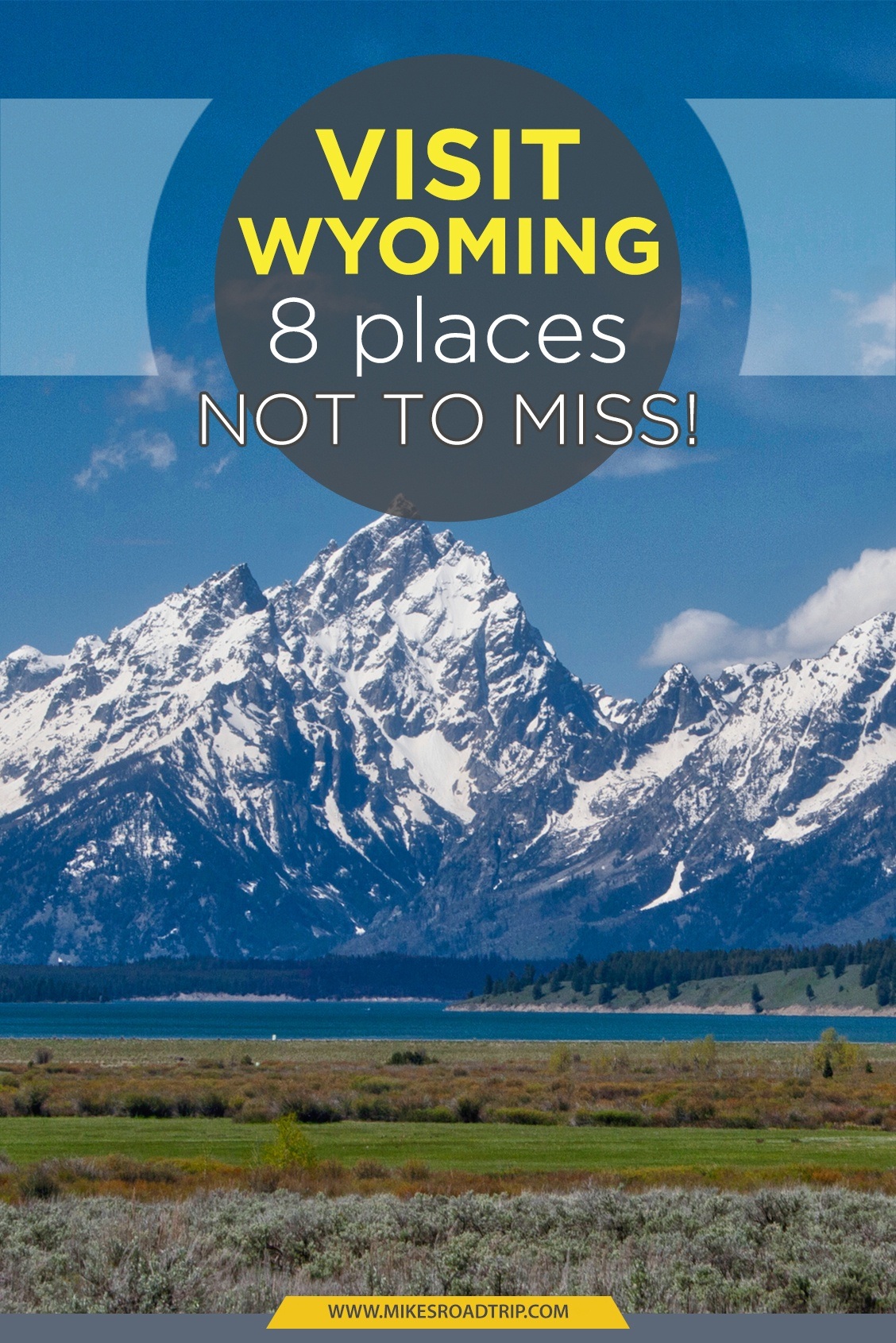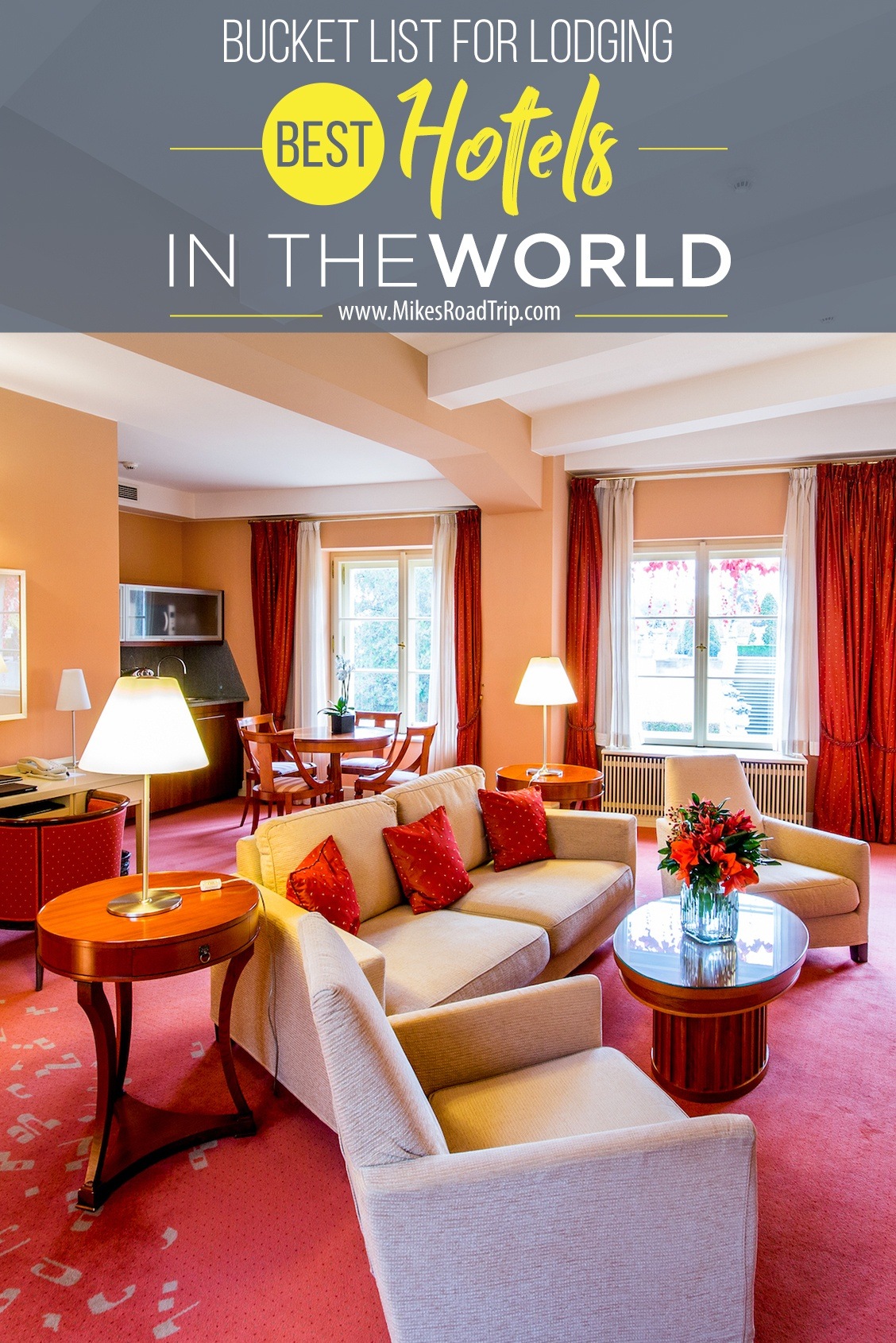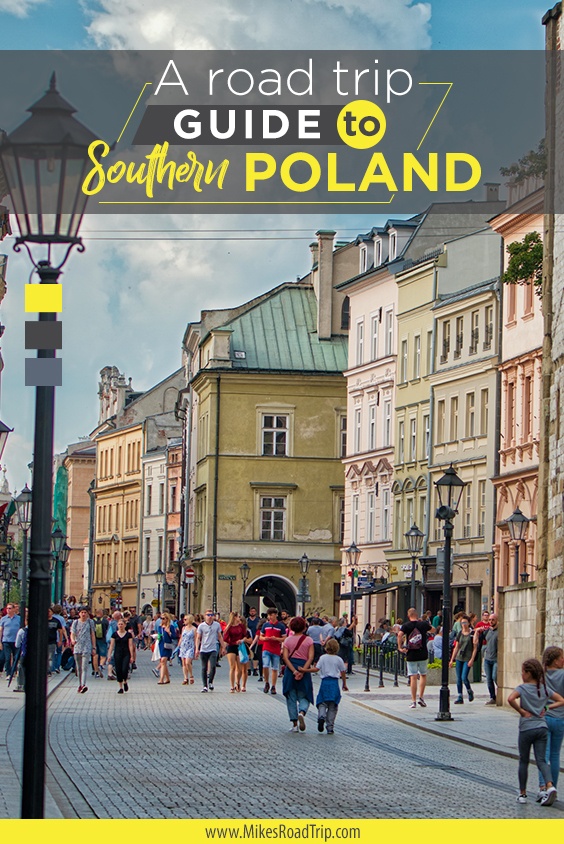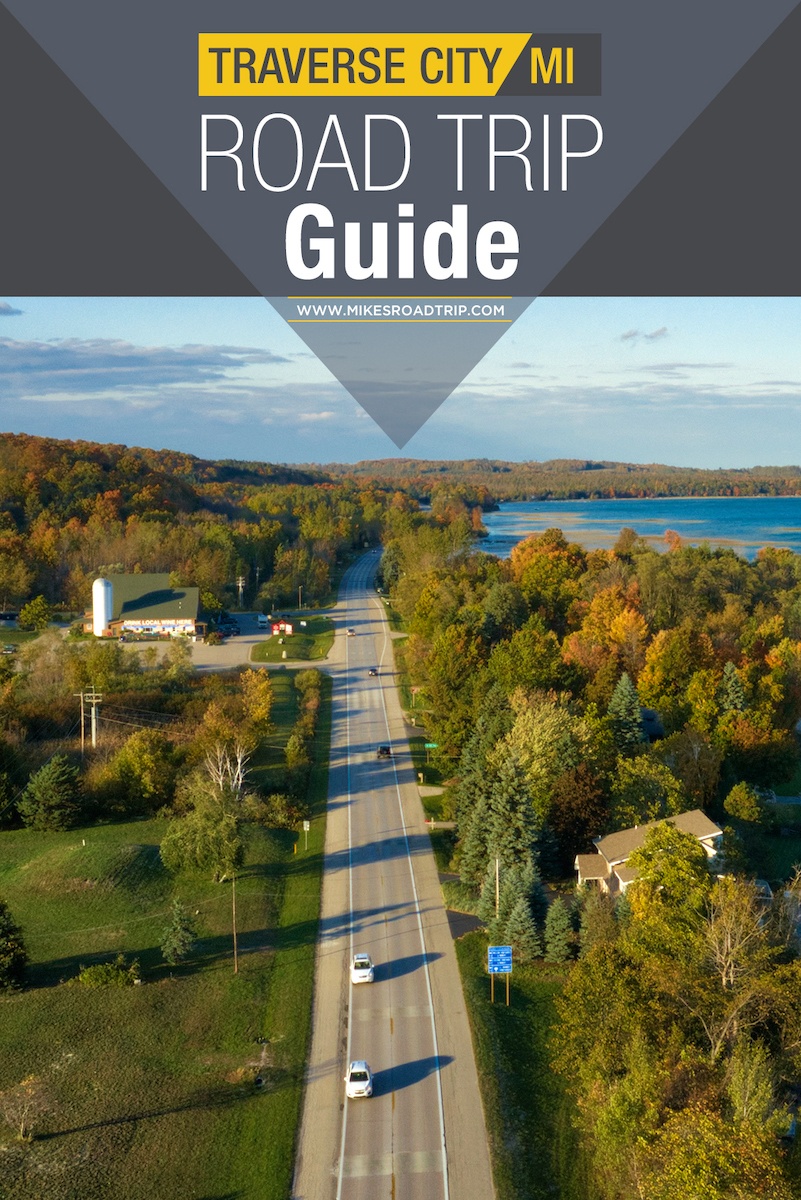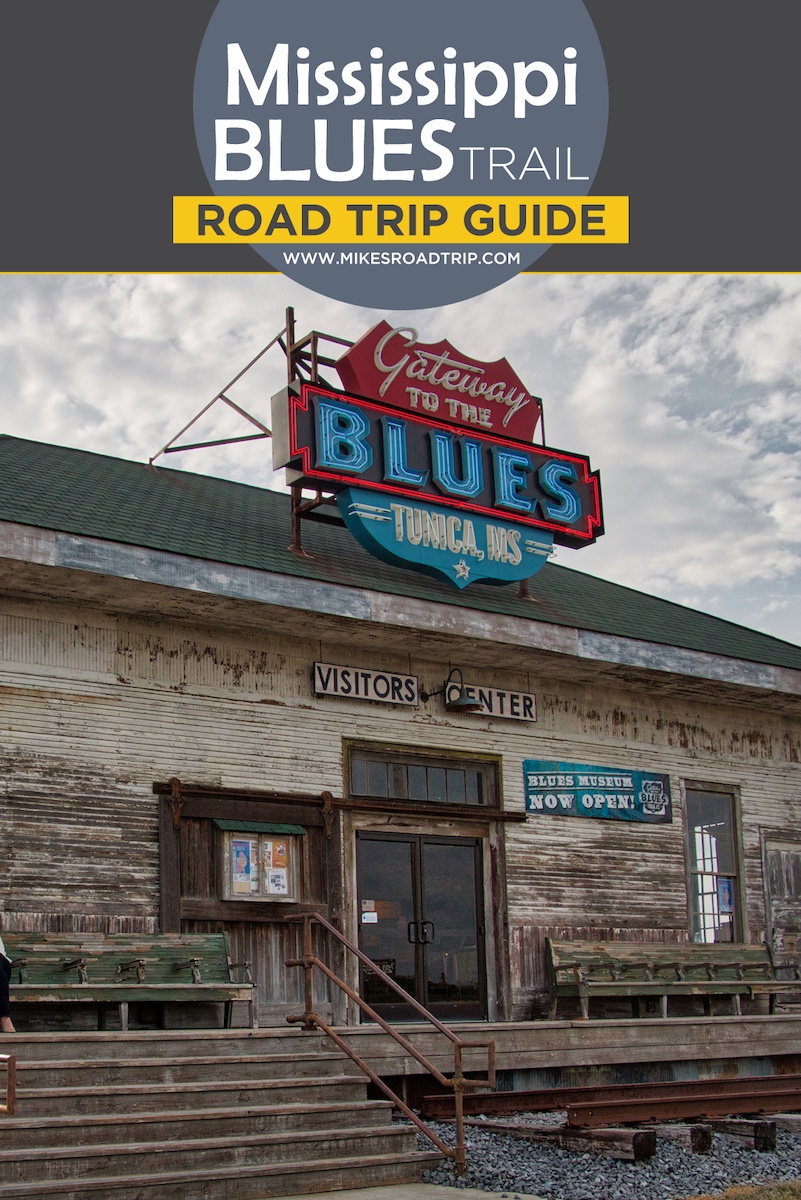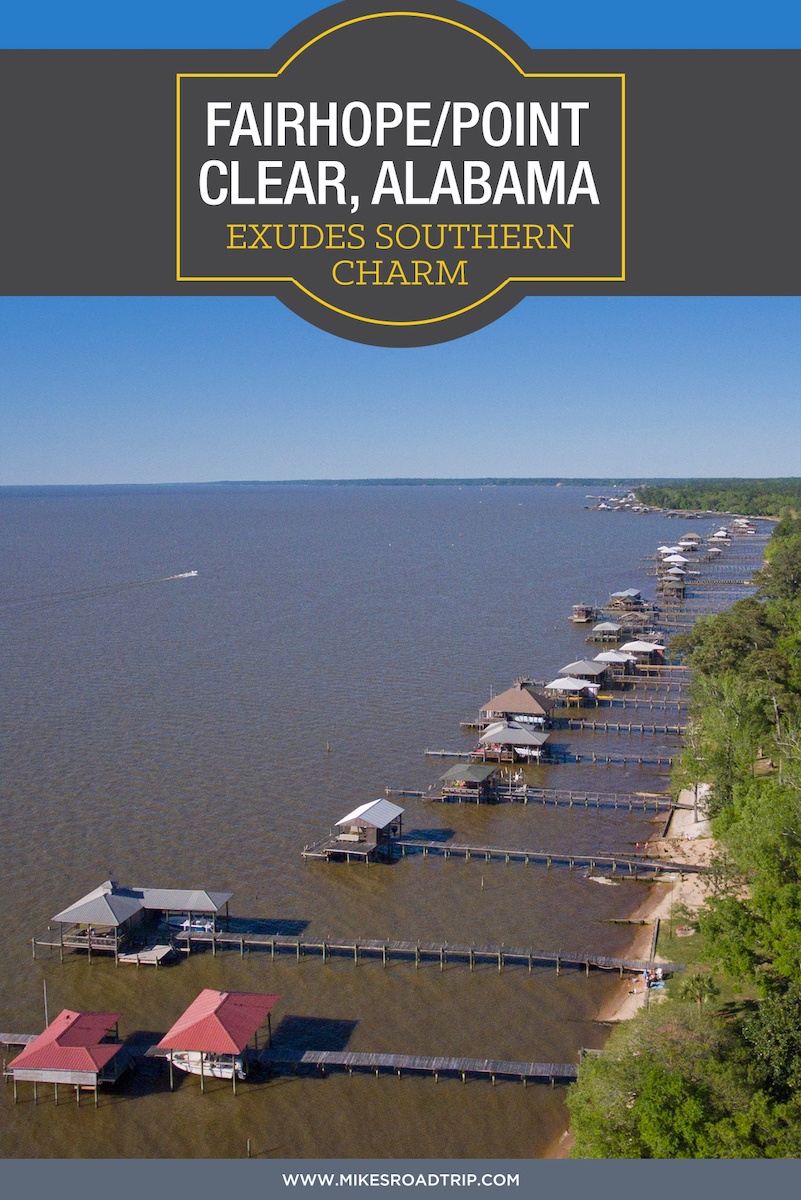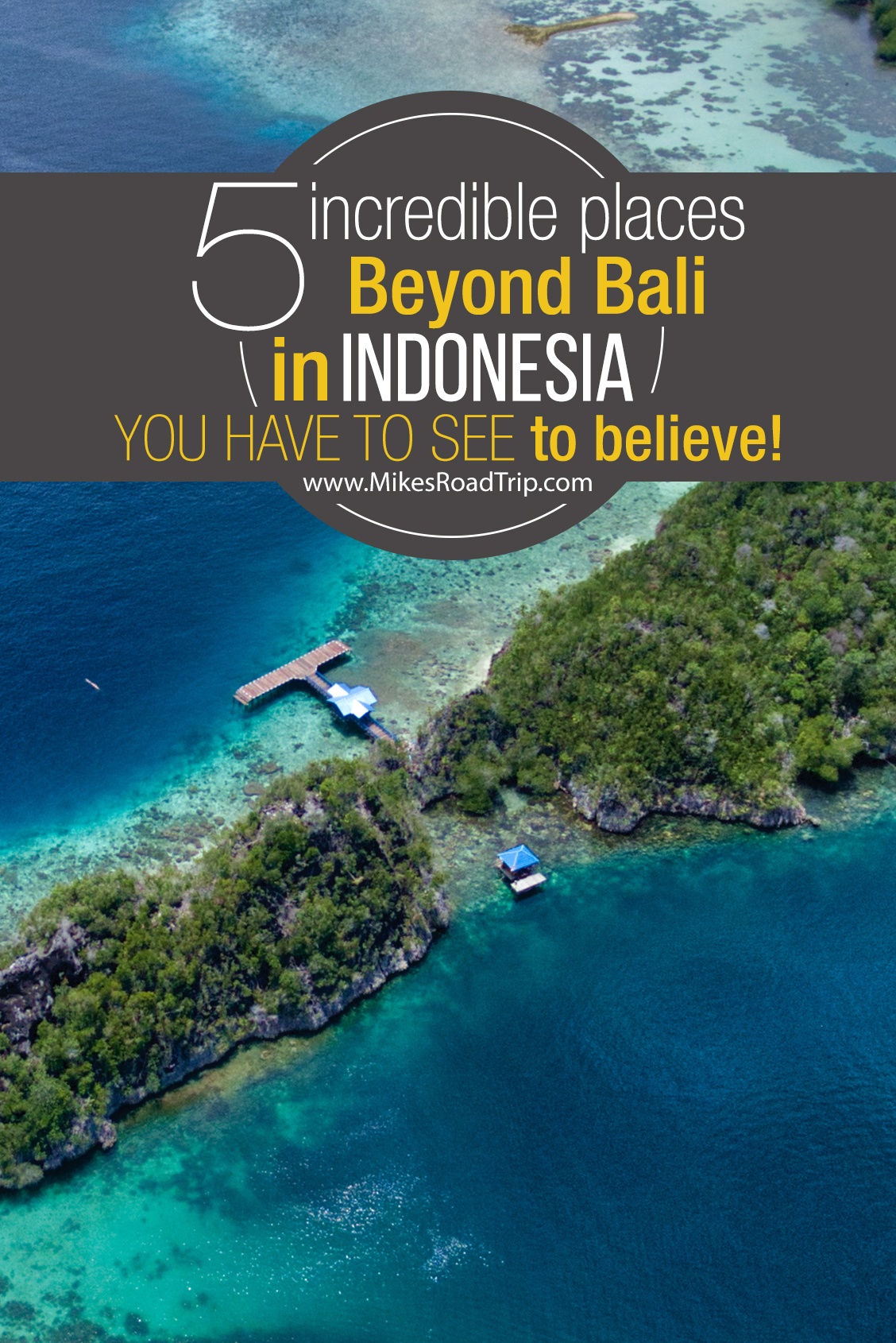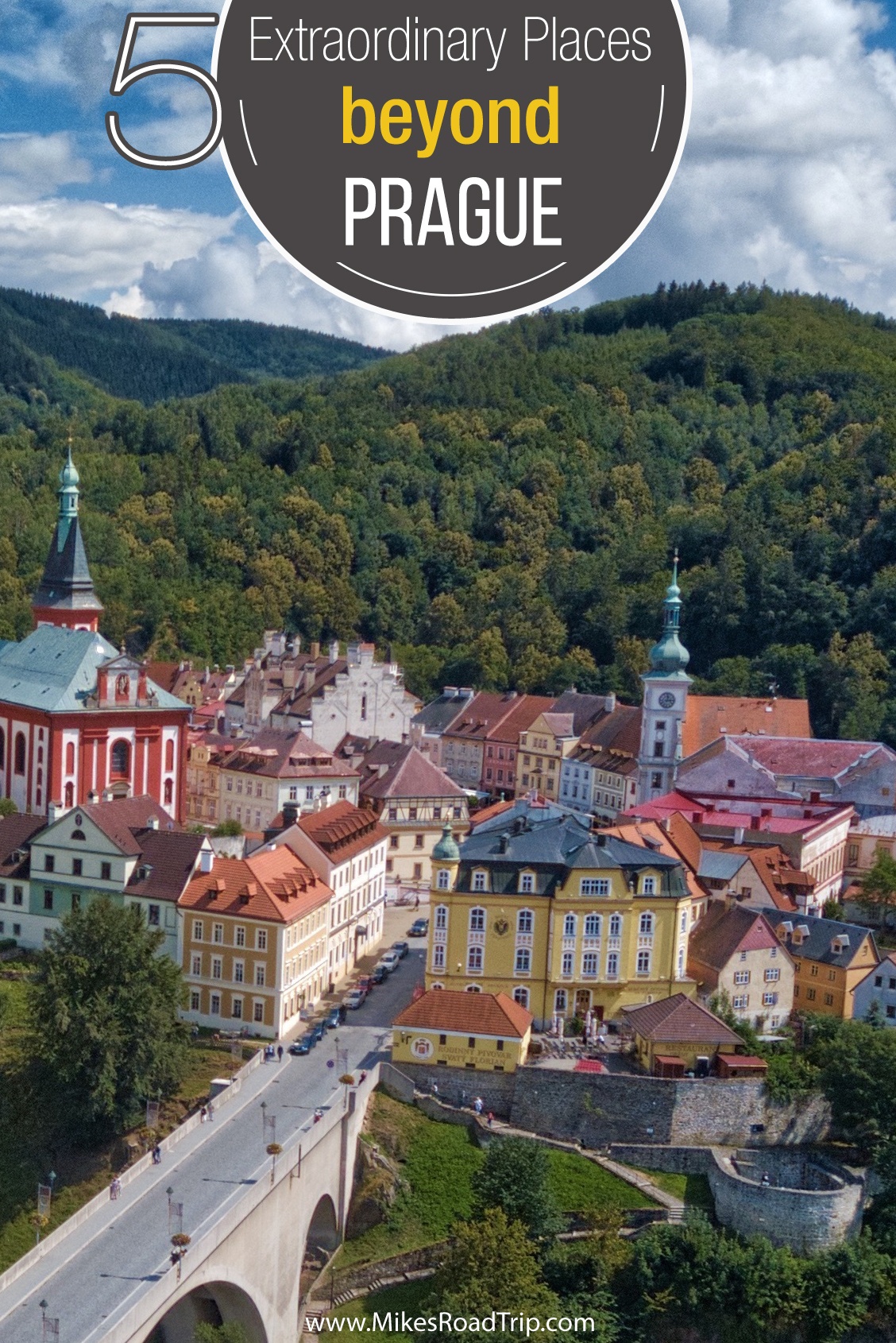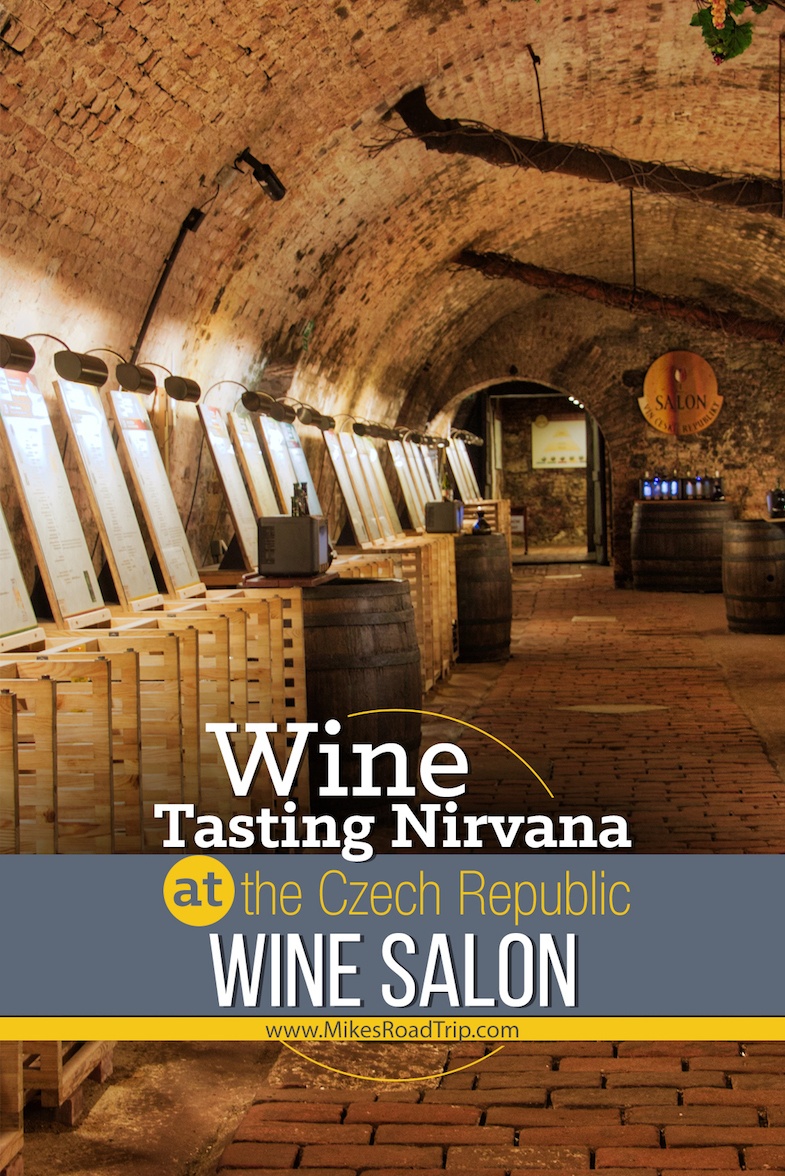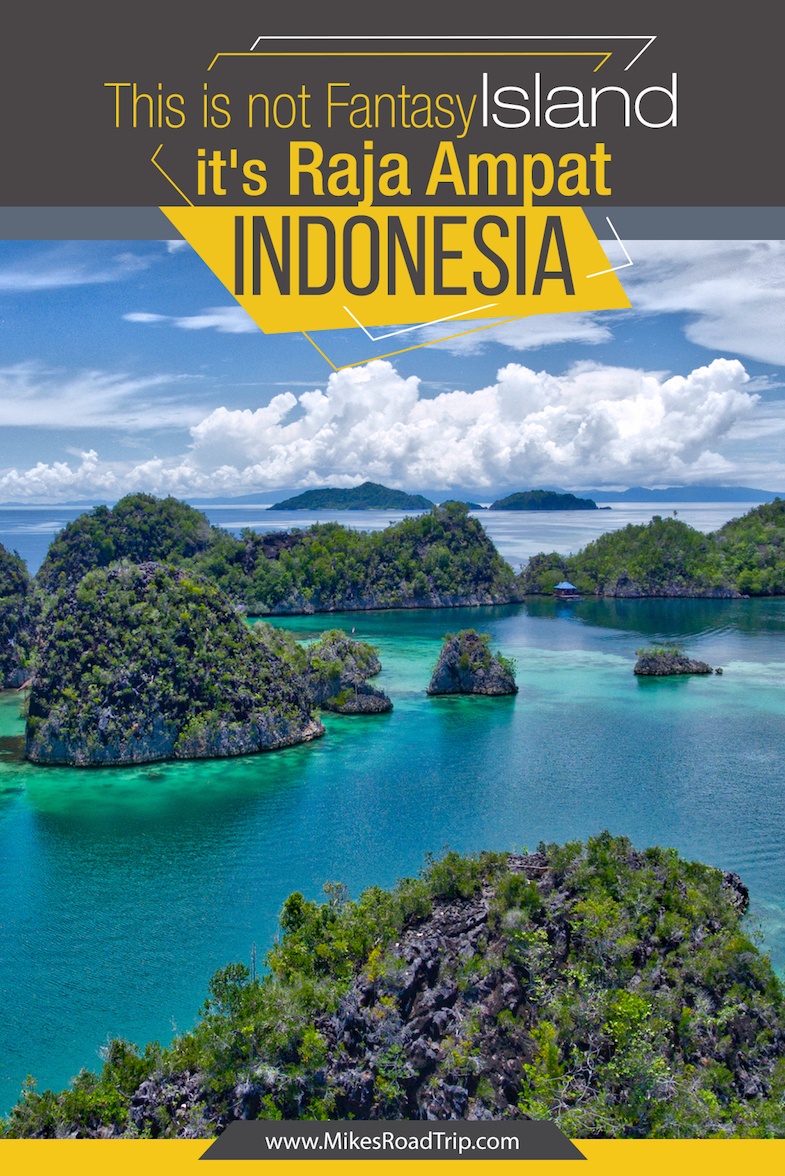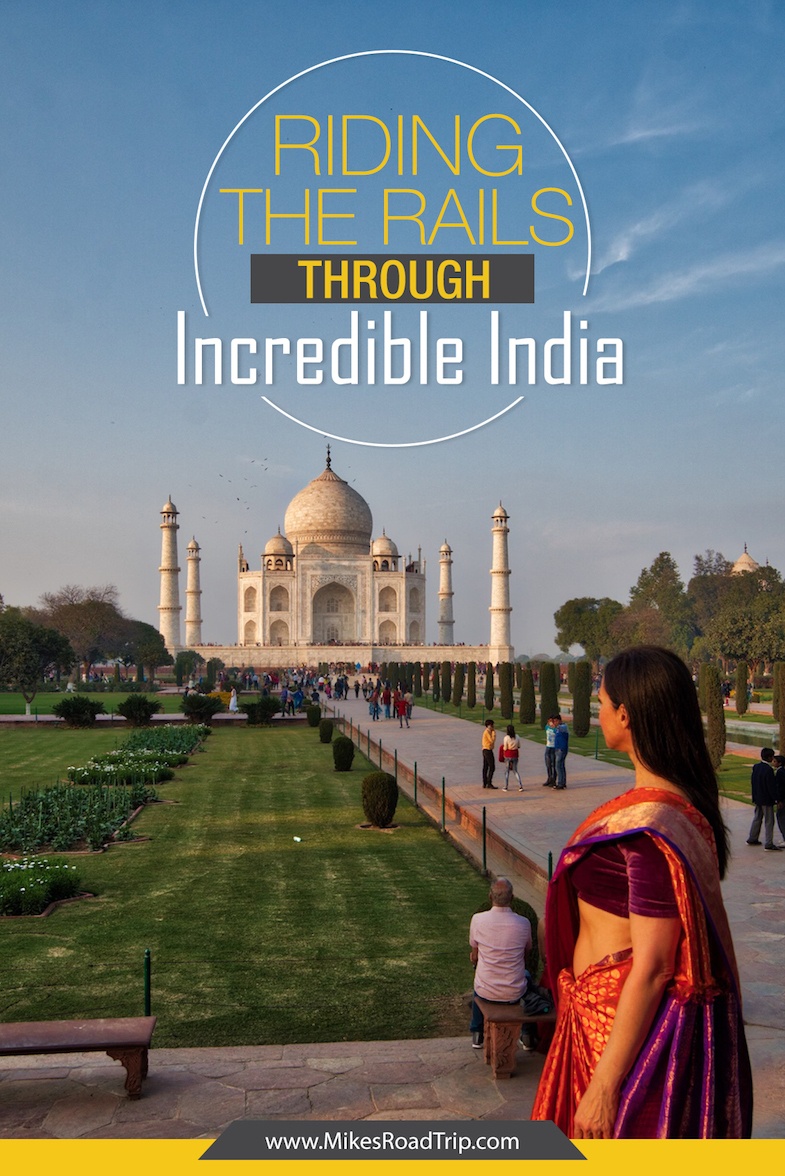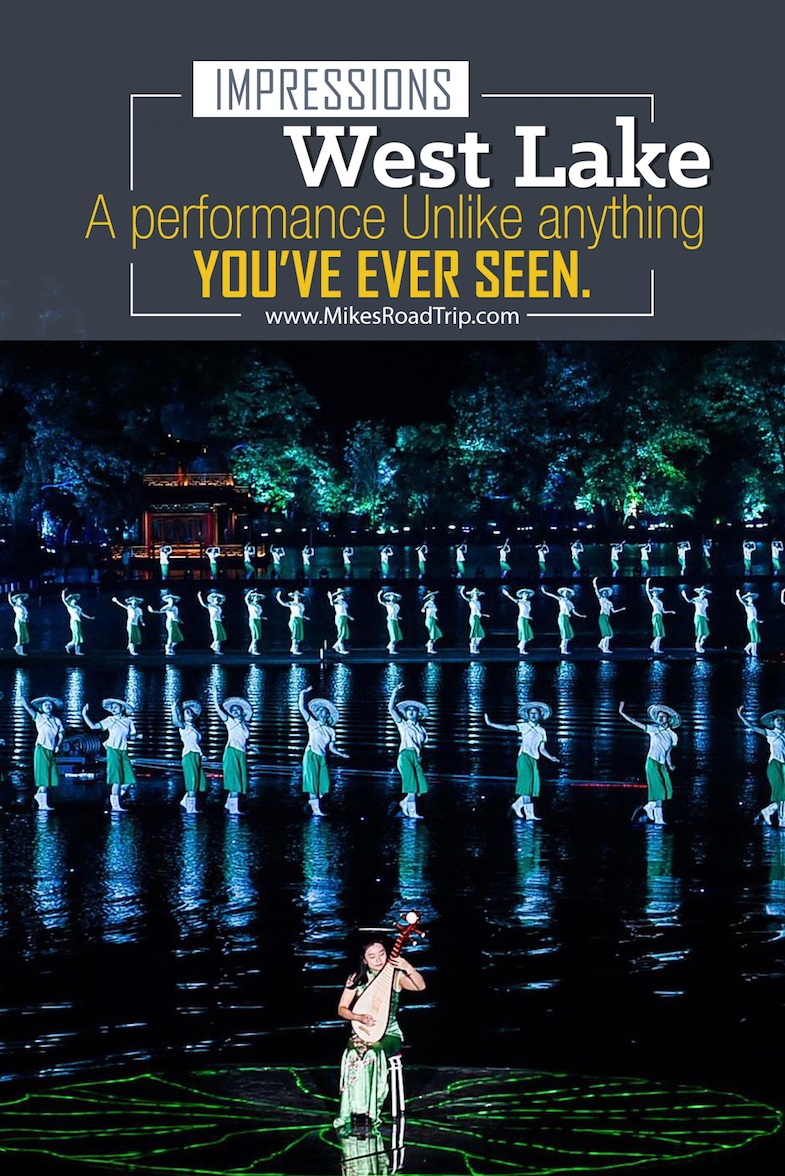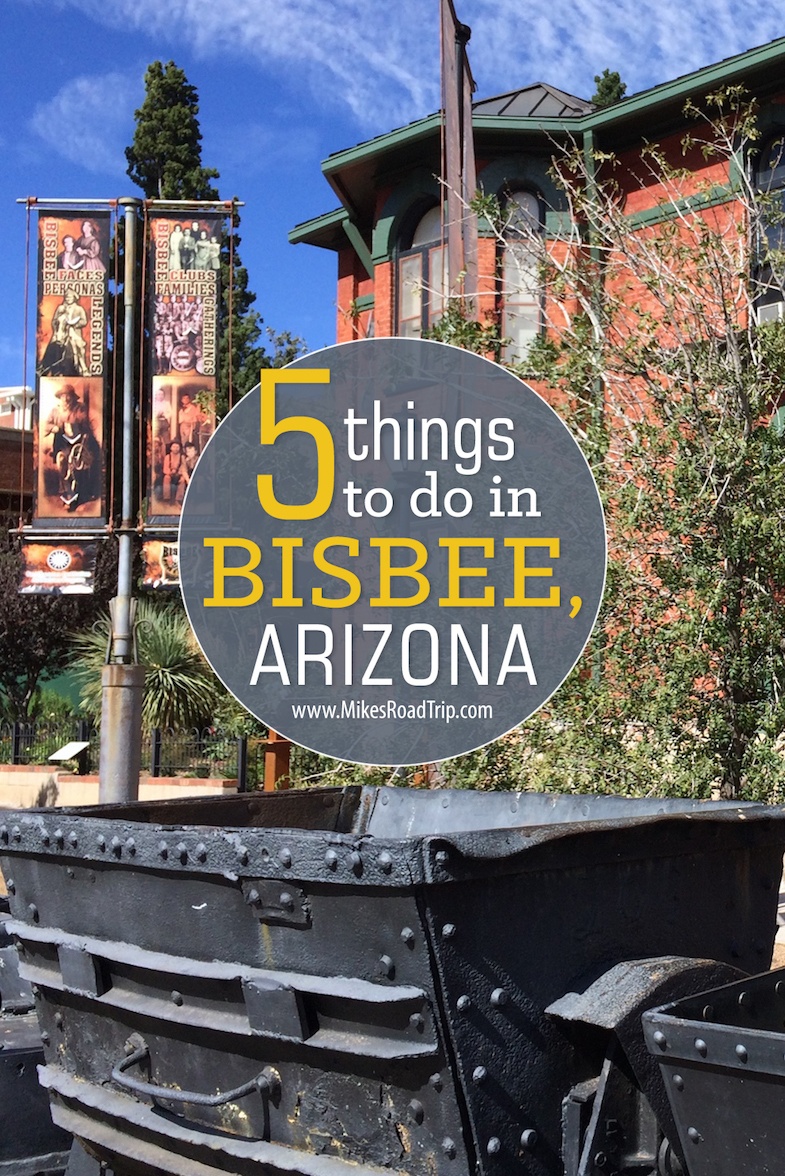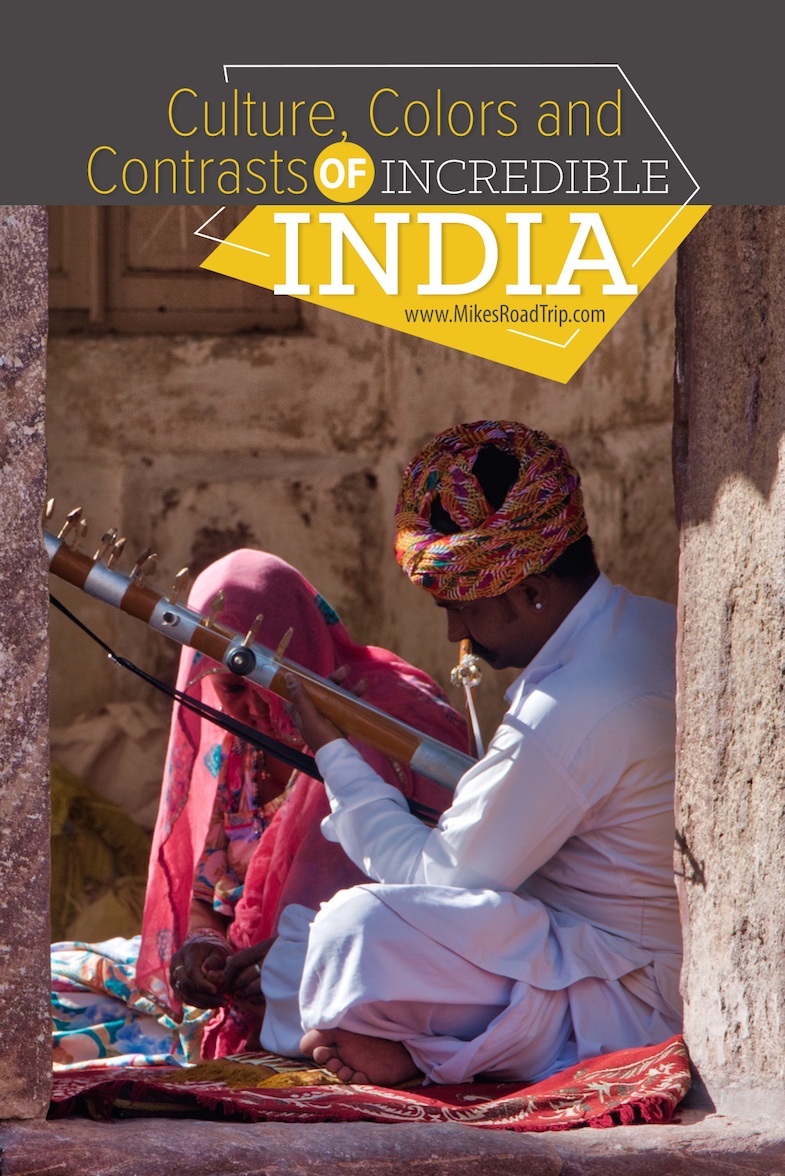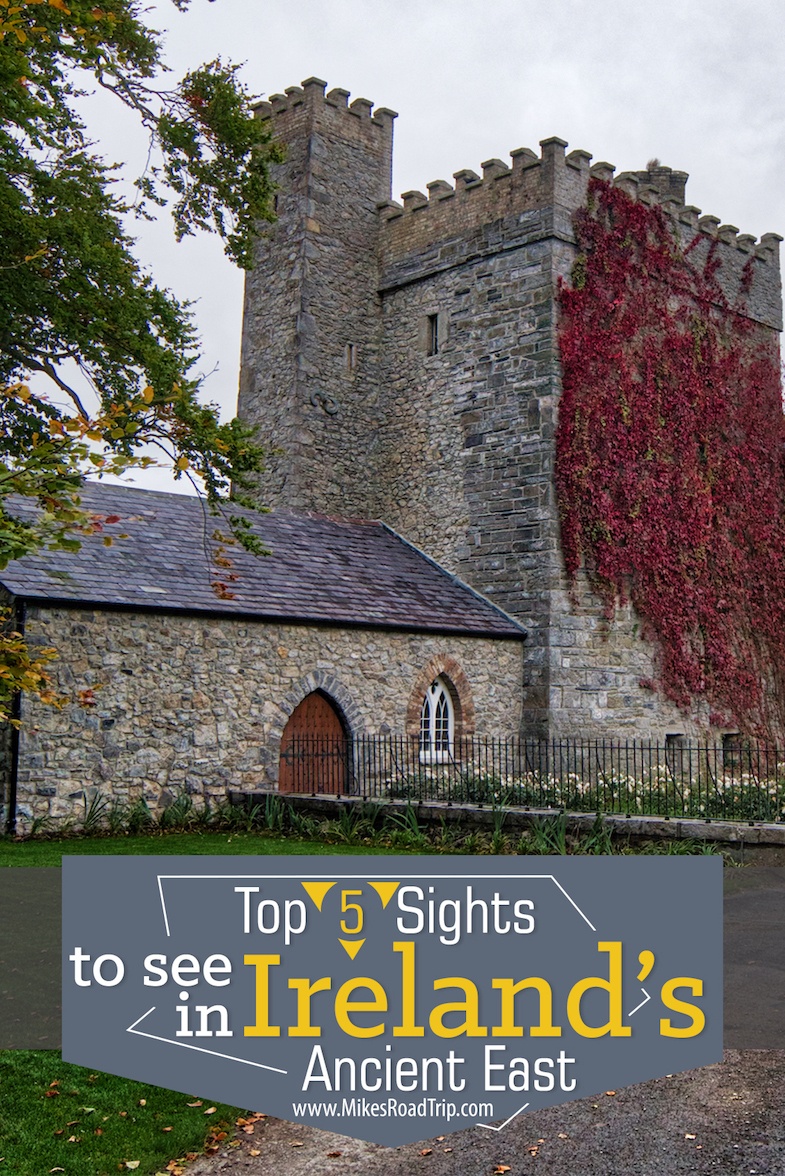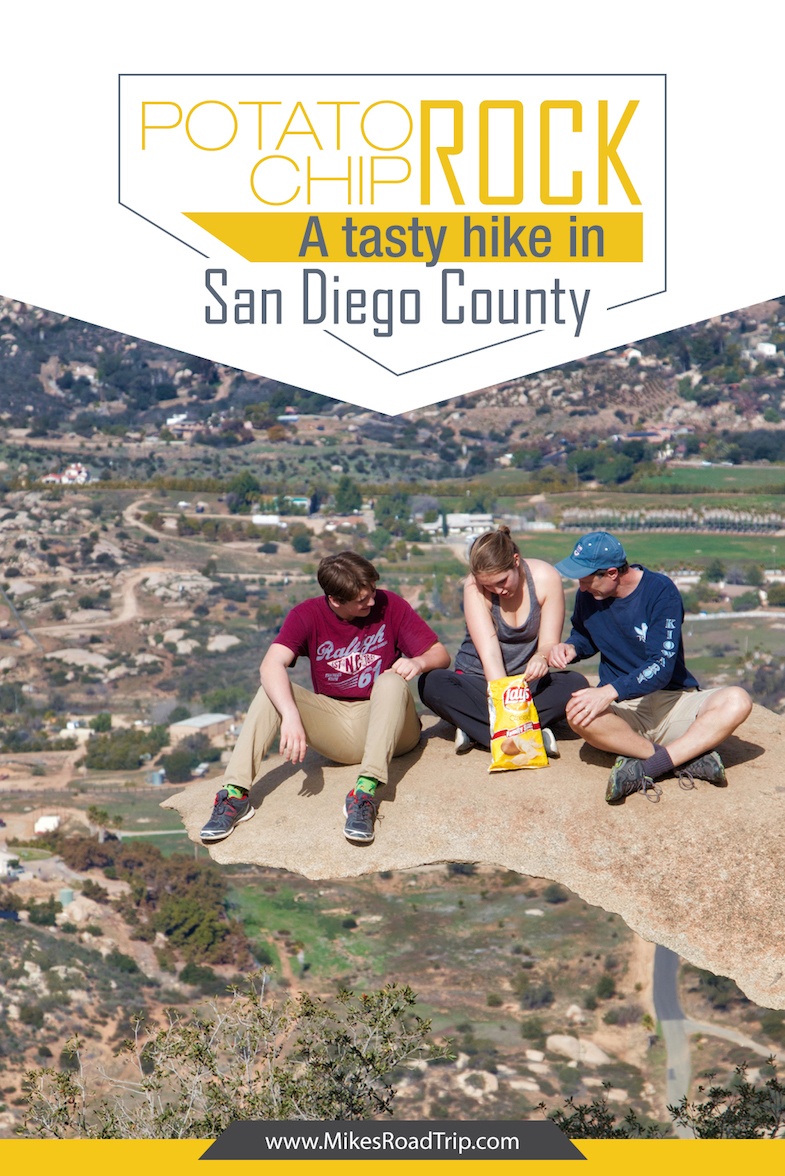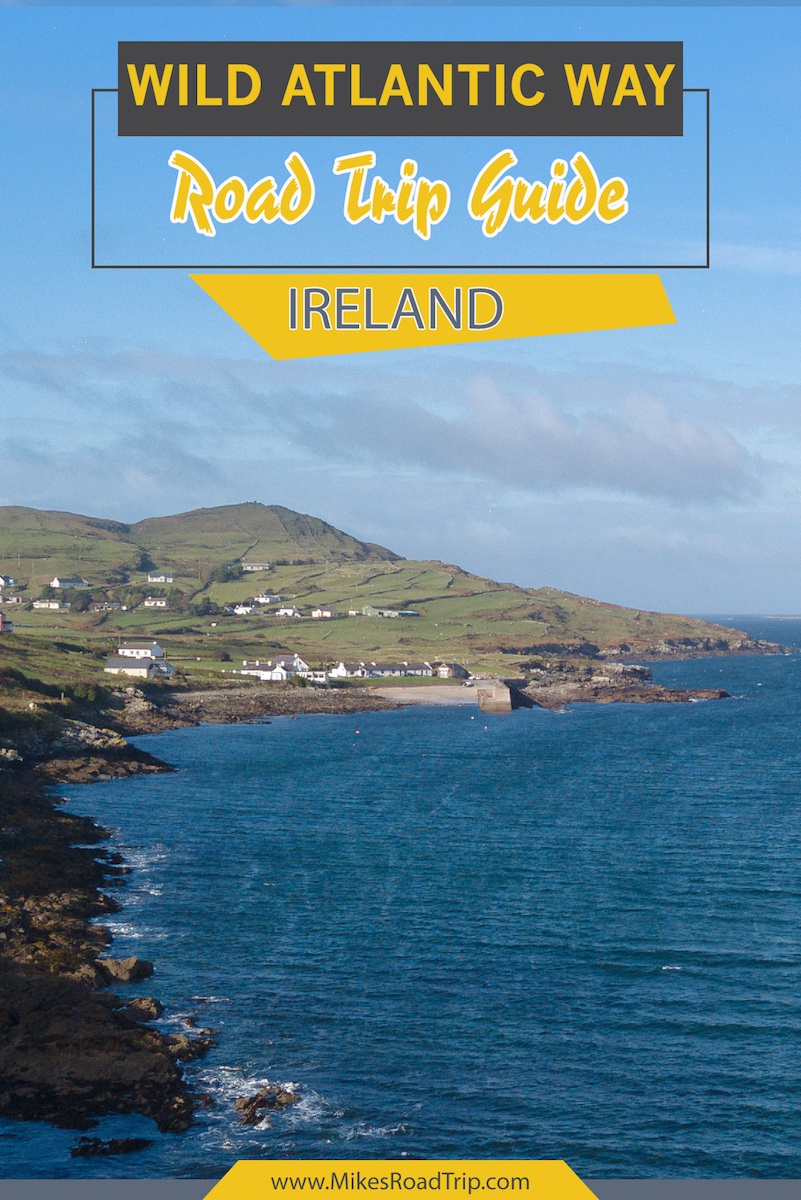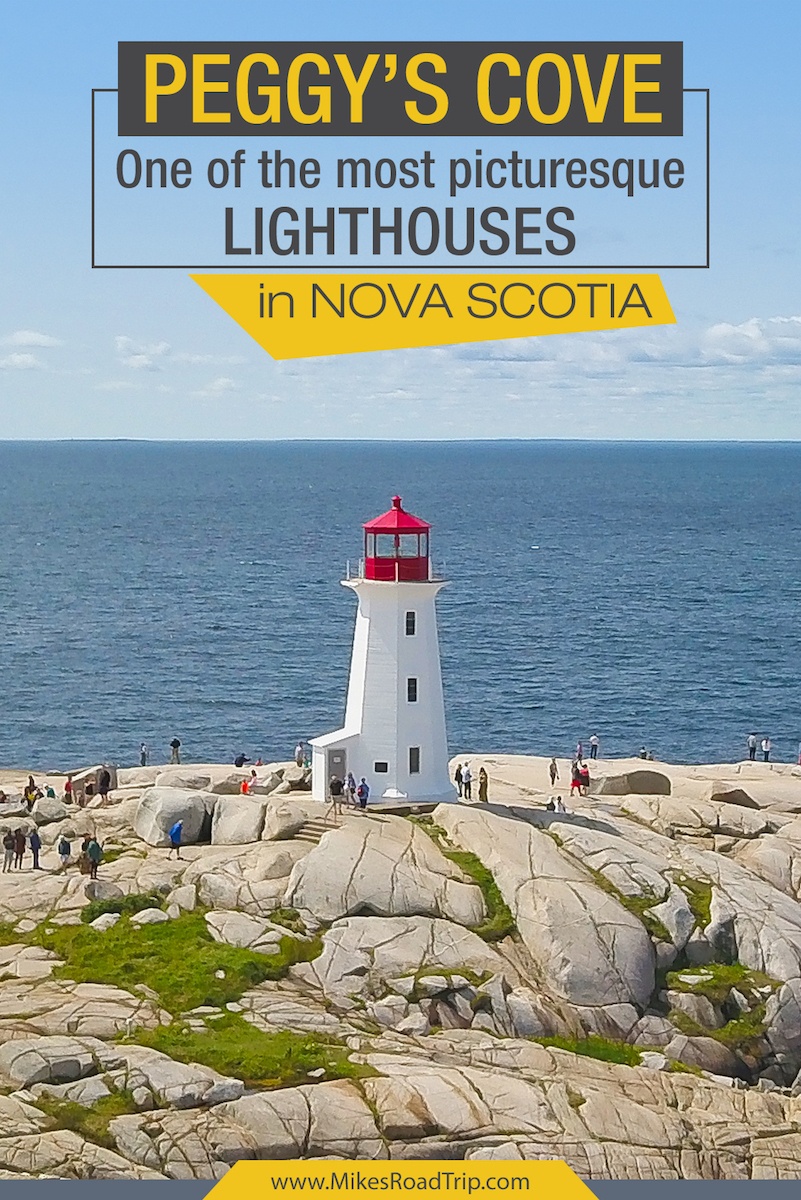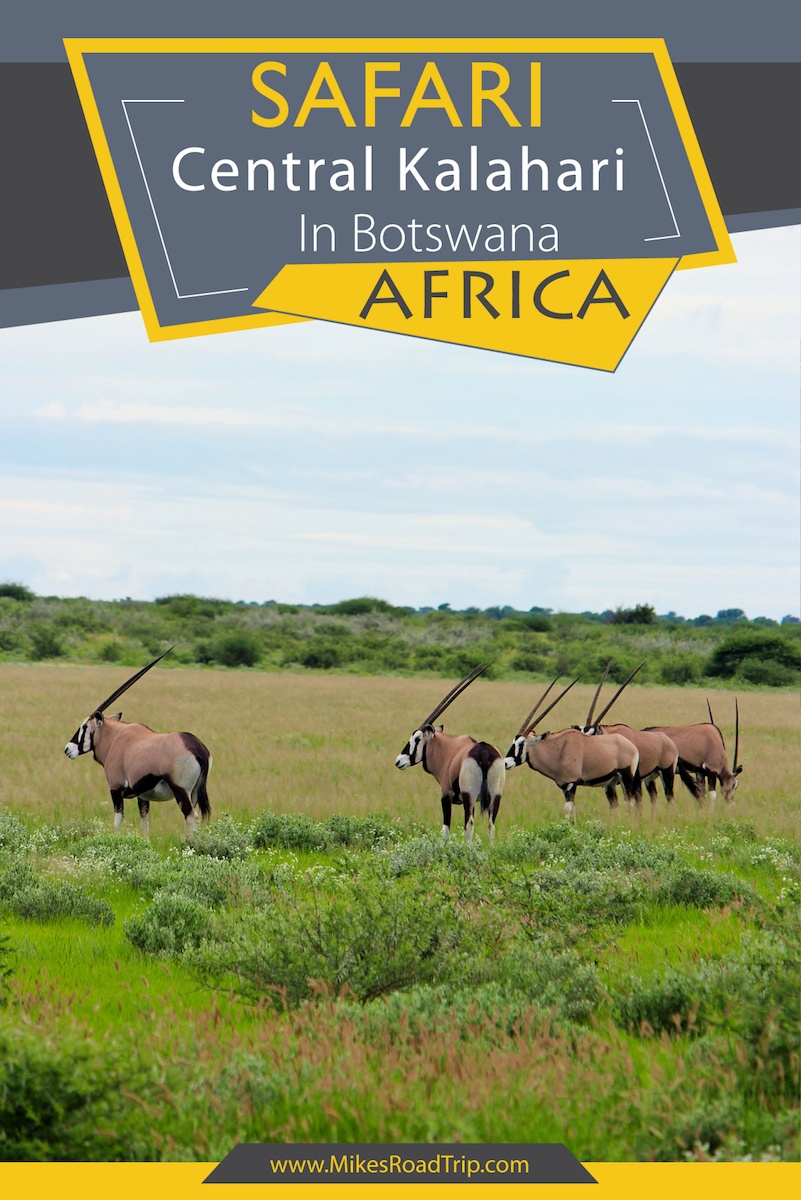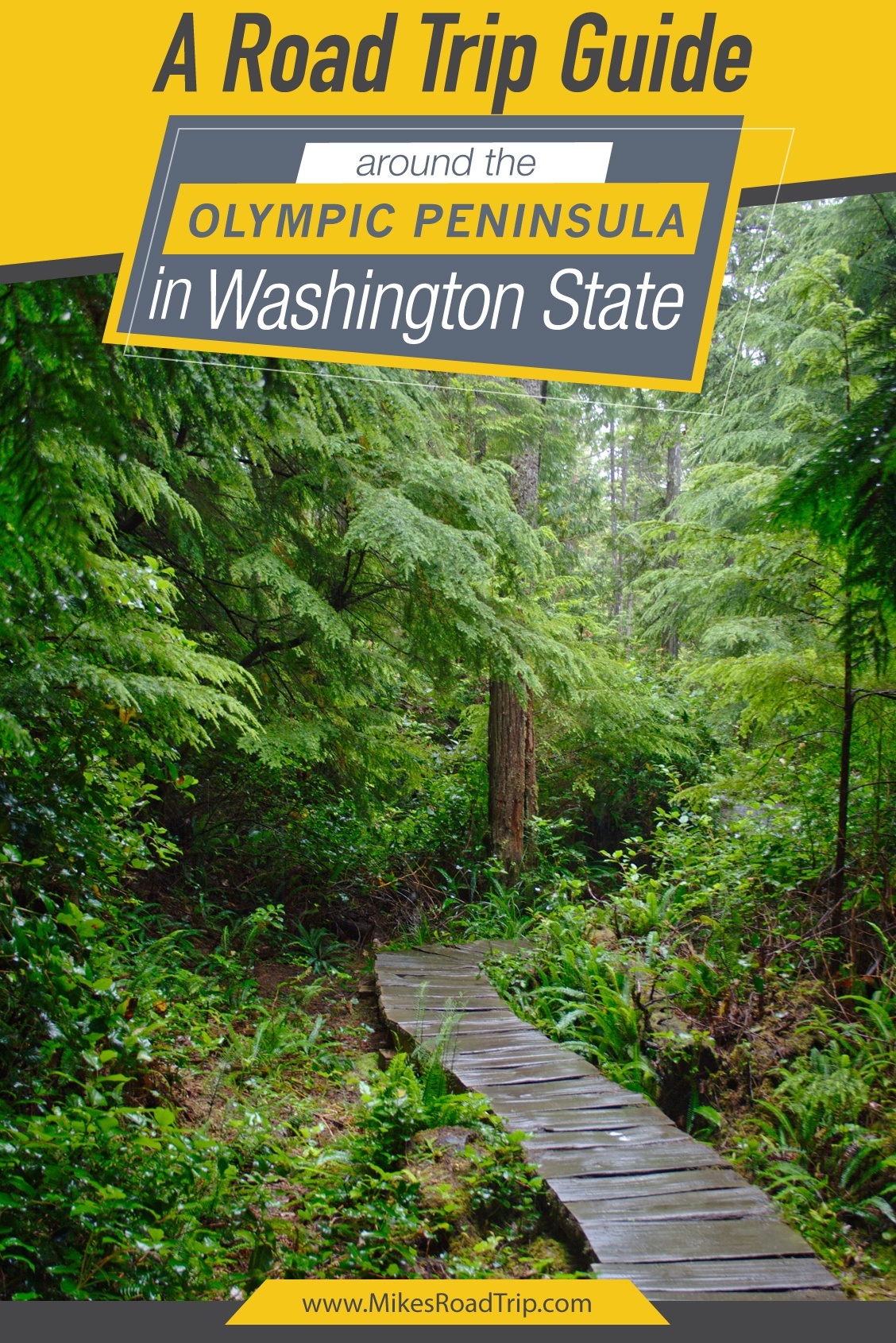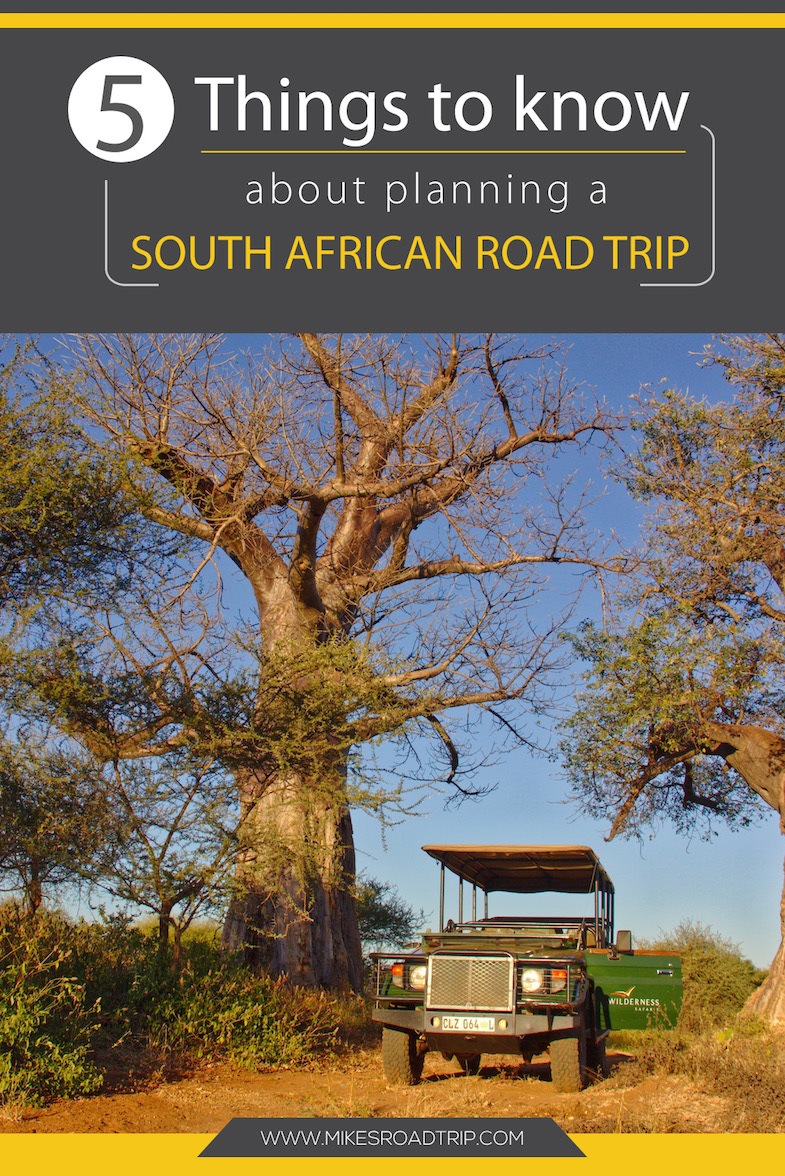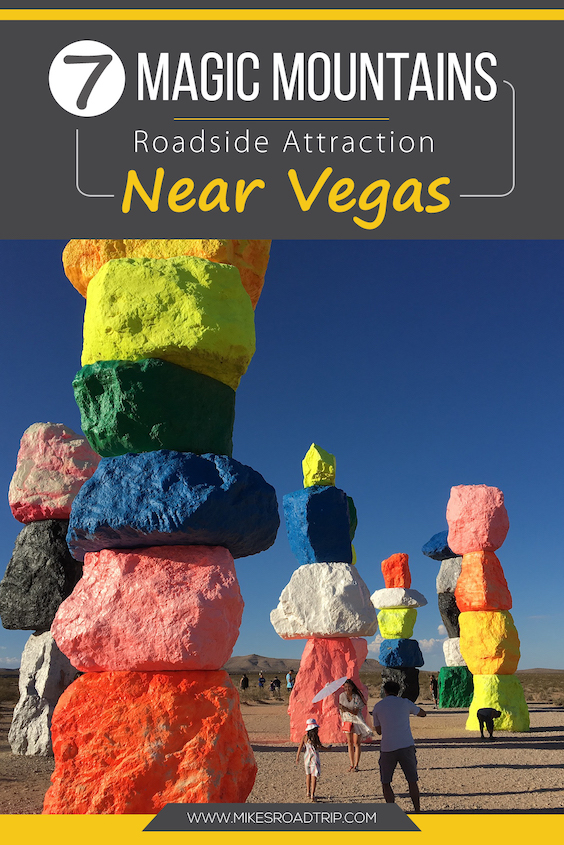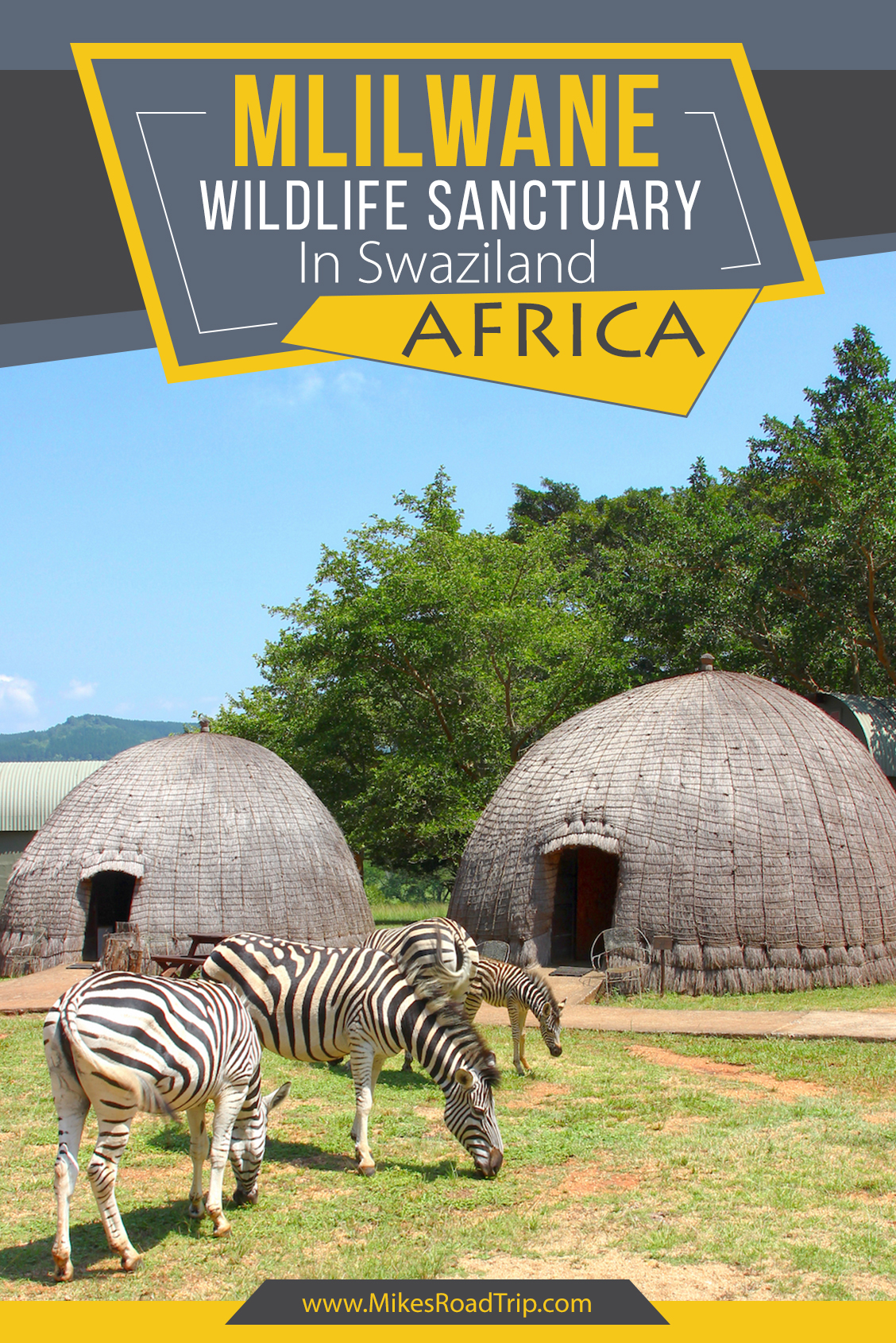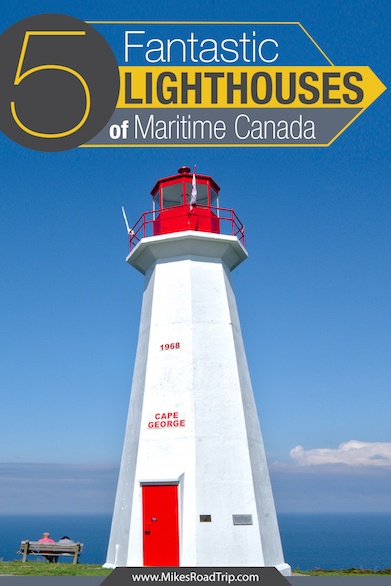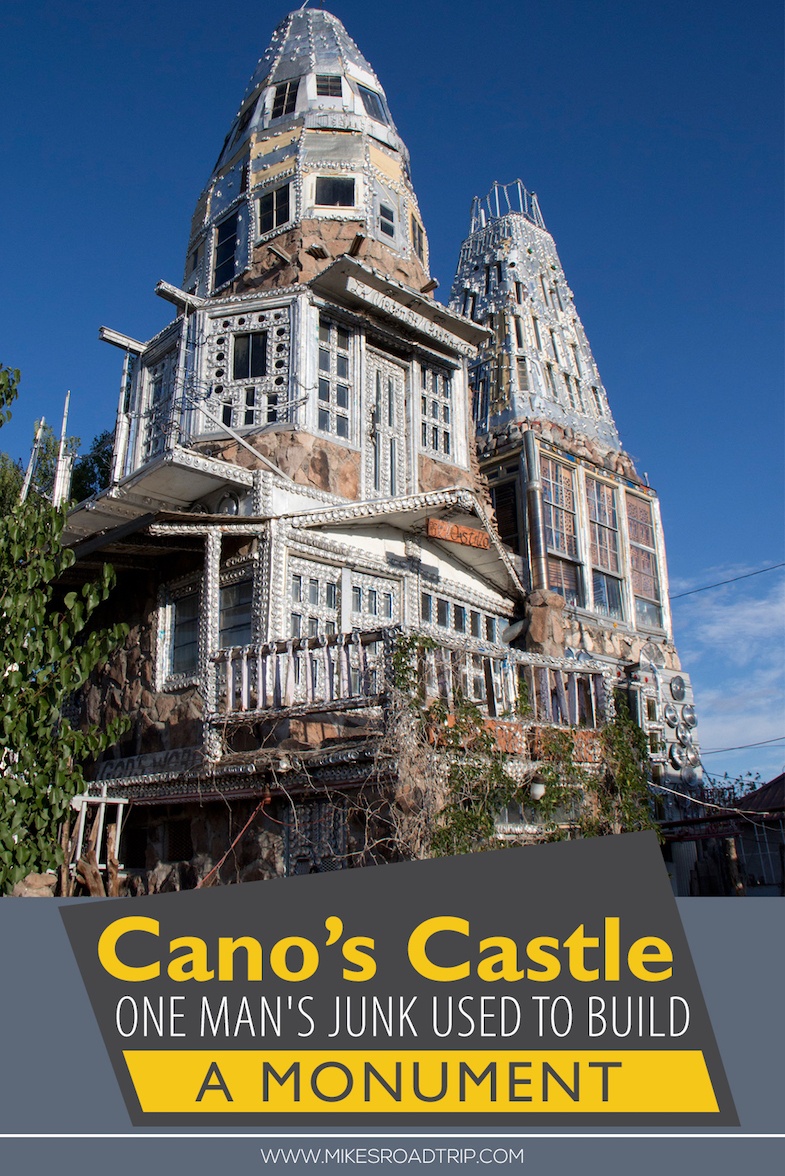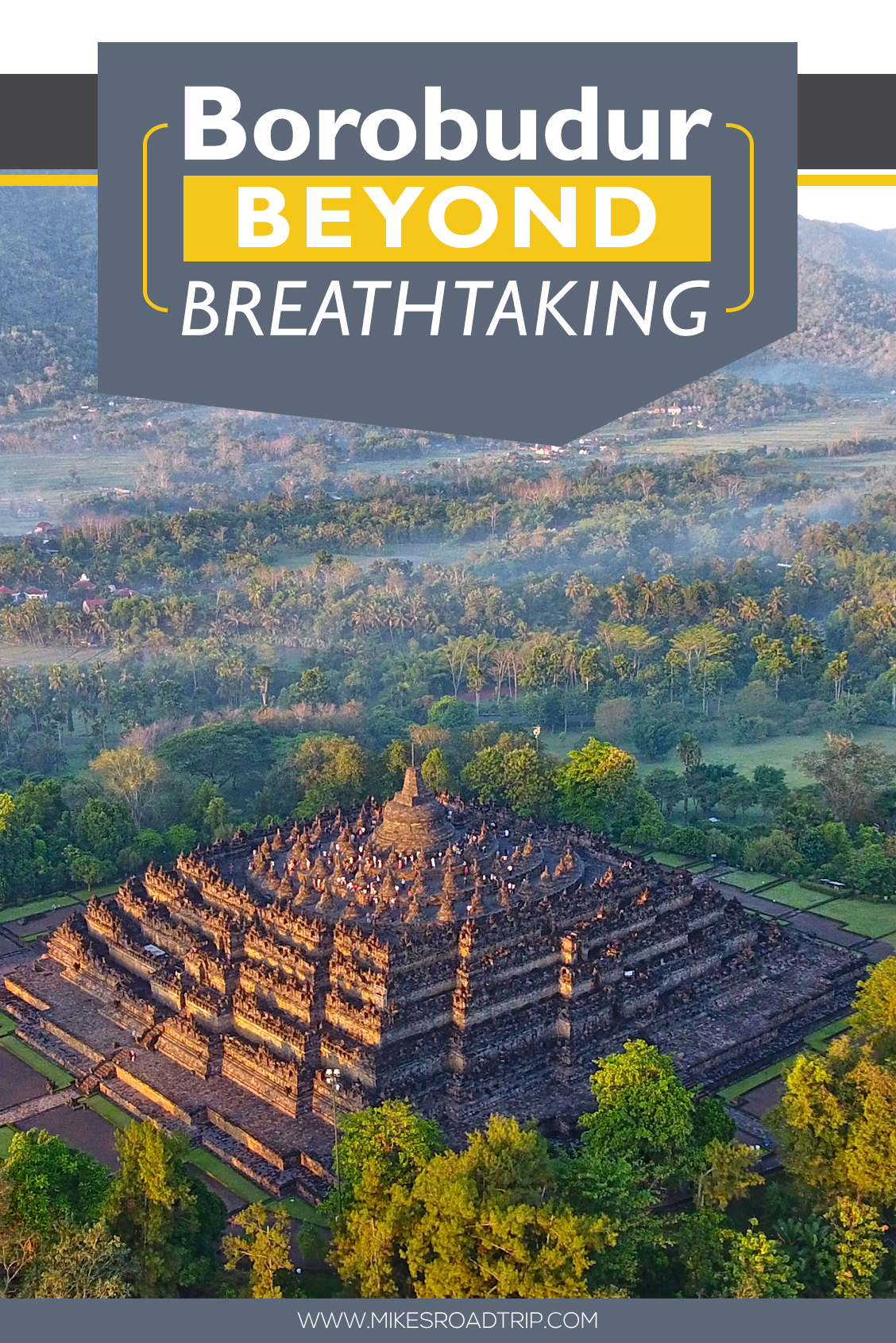Visiting Canyon De Chelly – Where wind, water and time have etched a masterpiece
Canyon De Chelly (pronounced Shay) might just be one of the most underrated attractions in the state known for its Grand Canyon.
This road trip to Canyon De Chelly from Phoenix is about 300 miles to the northeastern part of the state and will take about 5 hours with no stops. I recommend budgeting 7-8 hours, as there are plenty of worthwhile stops along the way.
There are a few routes you can take en route to Canyon De Chelly. On the way up, I drove north on I-17 to Camp Verde, where I exited on 260 east, then headed north on 87 through the dense Coconino National Forest. On the way back, I drove through Flagstaff and back down I-17 toward Phoenix. Another route would be to go through Payson. There are several ways you can choose to mix up the drive and see different areas and terrain.
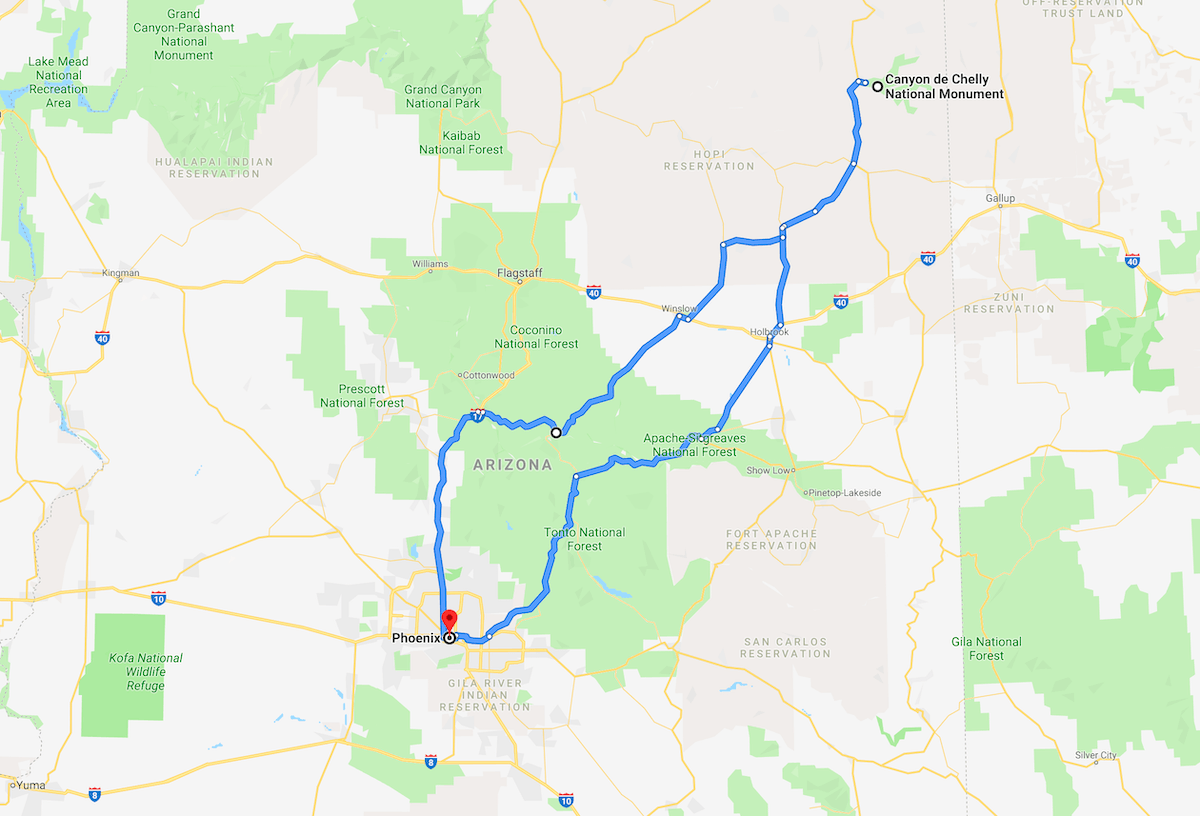
My road trip vehicle for this trip was a 2019 Honda Passport Elite AWD. This is a midsize SUV with plenty of room for a road trip and camping excursion. The all-wheel drive makes the Passport a very capable vehicle for exploring some of the rugged roads of the Southwest. Full review coming soon.
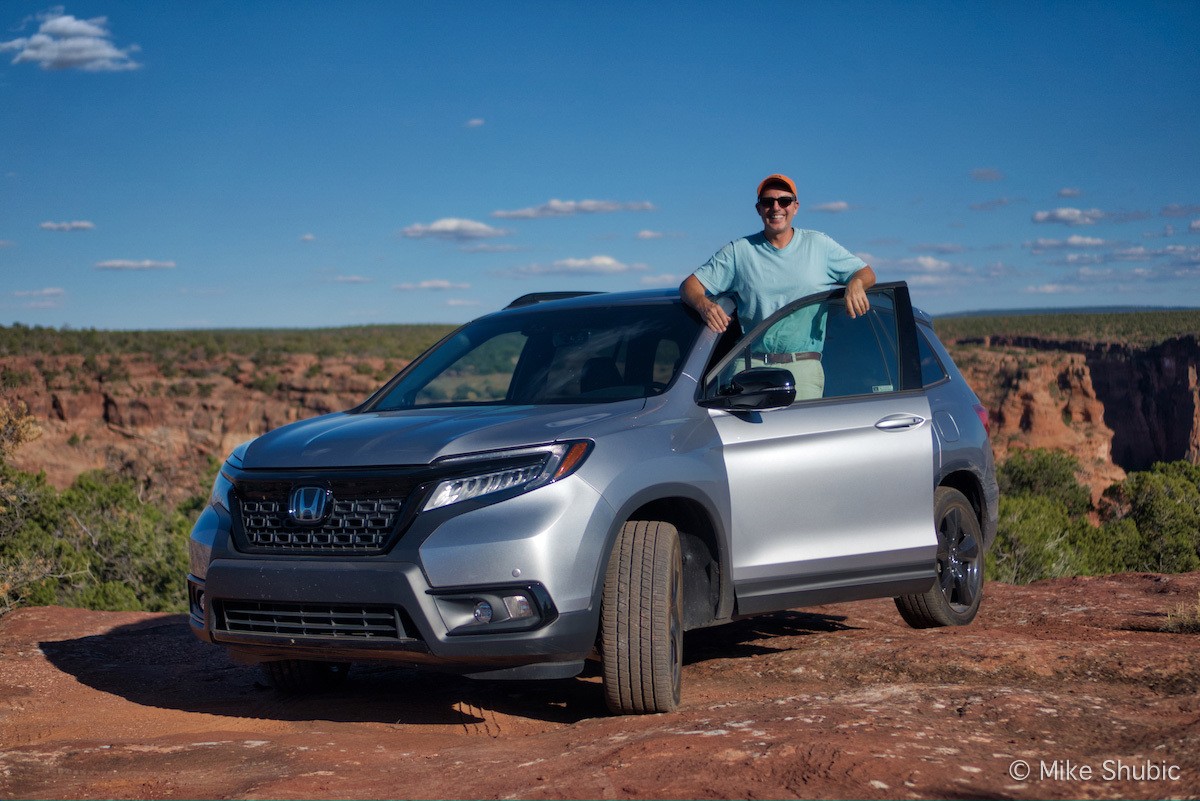
Visiting Canyon De Chelly may not be top-of-mind, but it should be!
Arizona is without question one of the best road trip states in the country. This Southwestern state is full of ol’ west history, Native American culture, spectacular natural beauty and wide-open spaces.
While Canyon De Chelly may be considered a stepchild of the Grand Canyon, its beauty is no less spectacular. The area is made up of a series of sandstone canyons, some span for many miles. The views from the various overlooks each provide a different, but equally awe-inspiring scene. Take for example the lookout at Spider Rock—in the middle of this vast area, walled off by sheer cliffs that plunge some 700 feet to the valley floor, is a dramatic dual spire outcropping so impressive that is has likely played host to a television commercial or scene from a movie.
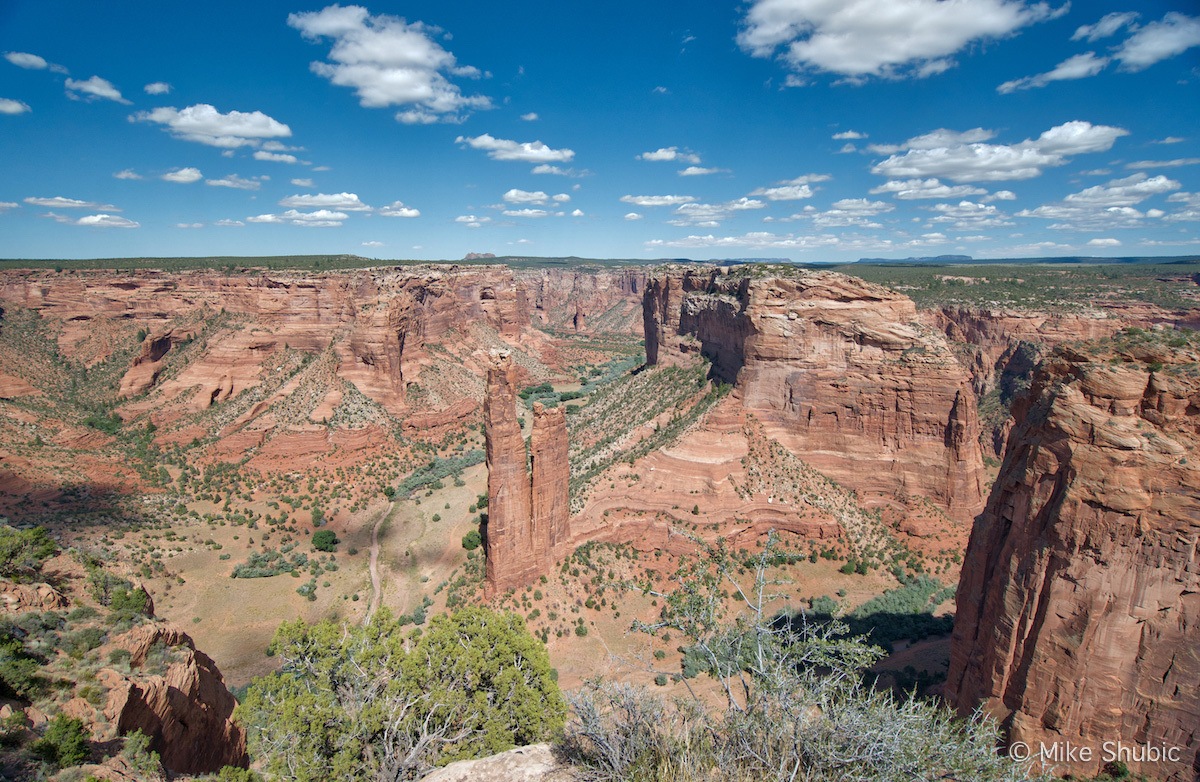
Located on Navajo land in northeastern Arizona, Canyon De Chelly is a National Monument offering free admission. The neighboring town is called Chinle, which might sound familiar to you Netflix junkies. A documentary was produced featuring the local 3A high school basketball team called “Basketball or Nothing.” This documentary showcases a team that against all odds, made it to the state championship. The series is really worth watching and it also highlights the surrounding beauty of Canyon De Chelly.
There are two routes to see the various lookouts of this National Monument. The North Rim, which has three lookouts (according to the visitor’s center, I only saw two), while the South Rim has seven. If you are short on time, I would recommend sticking with the South Rim, less driving with more view points.
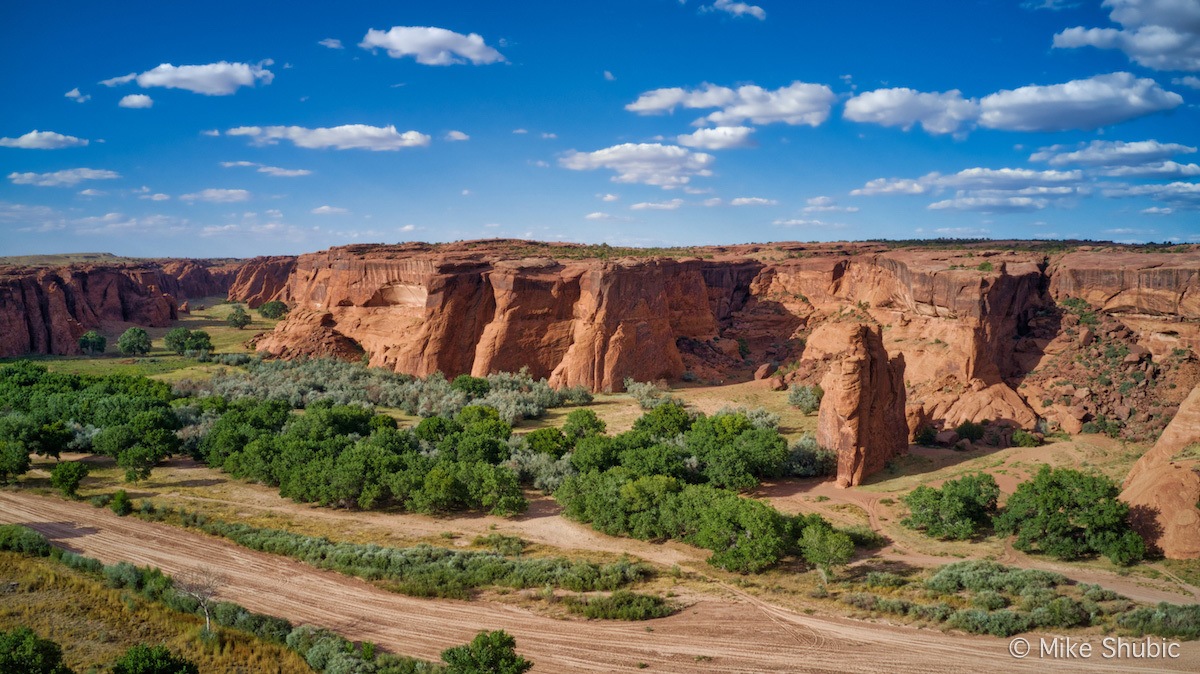
More than just rim views…
The rim views offer just one perspective of Canyon De Chelley. There are trails on the canyon(s) floor that weave throughout the maze of cliffs, trees, outcroppings and spires that allow visitors an immersive experience. Exploring the Canyon floor can only be done with a certified guide. I did a 3-hour (ended up being 4 hours) tour with the folks from Canyon De Chelly Tours. The views from down below are just as special as from above. One of the amazing elements of being on the canyon floor is being able to get a closer view of the various cliff dwellings that dot the landscape. Some are quite expansive, while others look like the size for a single person or small family.
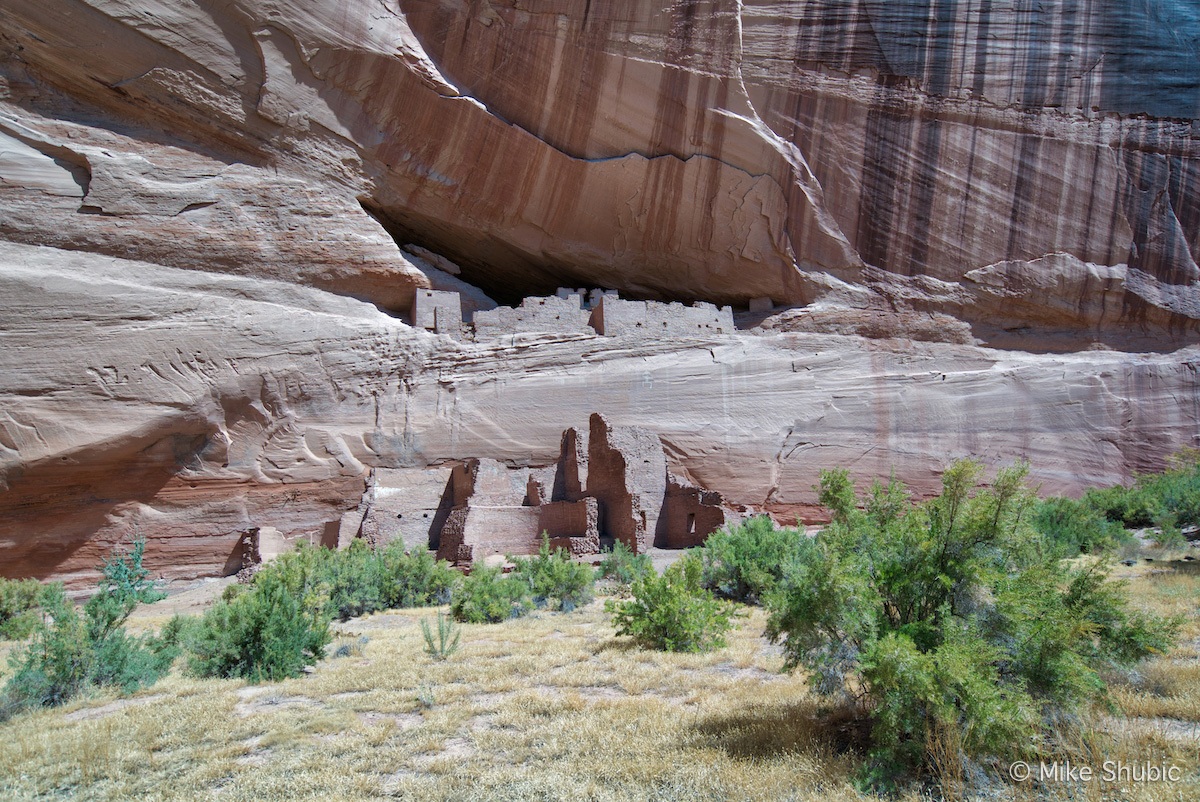
I did a group tour with four other folks in a modified Dodge 4×4 pickup that could accommodate up twelve people. After doing the group tour, I would highly recommend a private tour in one of their Jeep Wranglers, not because of the fewer people, but due to the ride comfort. The group tour vehicle had us bouncing around like rag dolls, which was very uncomfortable. The private tours also allow you to get out and explore more often than on the group tour. We were only able to get out of the vehicle two or three times, the rest of the expedition we were regulated to the confides of the tour truck to take in the views.
There are a number of tour outfitters available, offering both 4×4 off-road excursions, as well as horseback riding and camping, which is something I would love to do next time I visit this area. The canyon walls shelter visitors from light pollution, which enhances the stargazing.
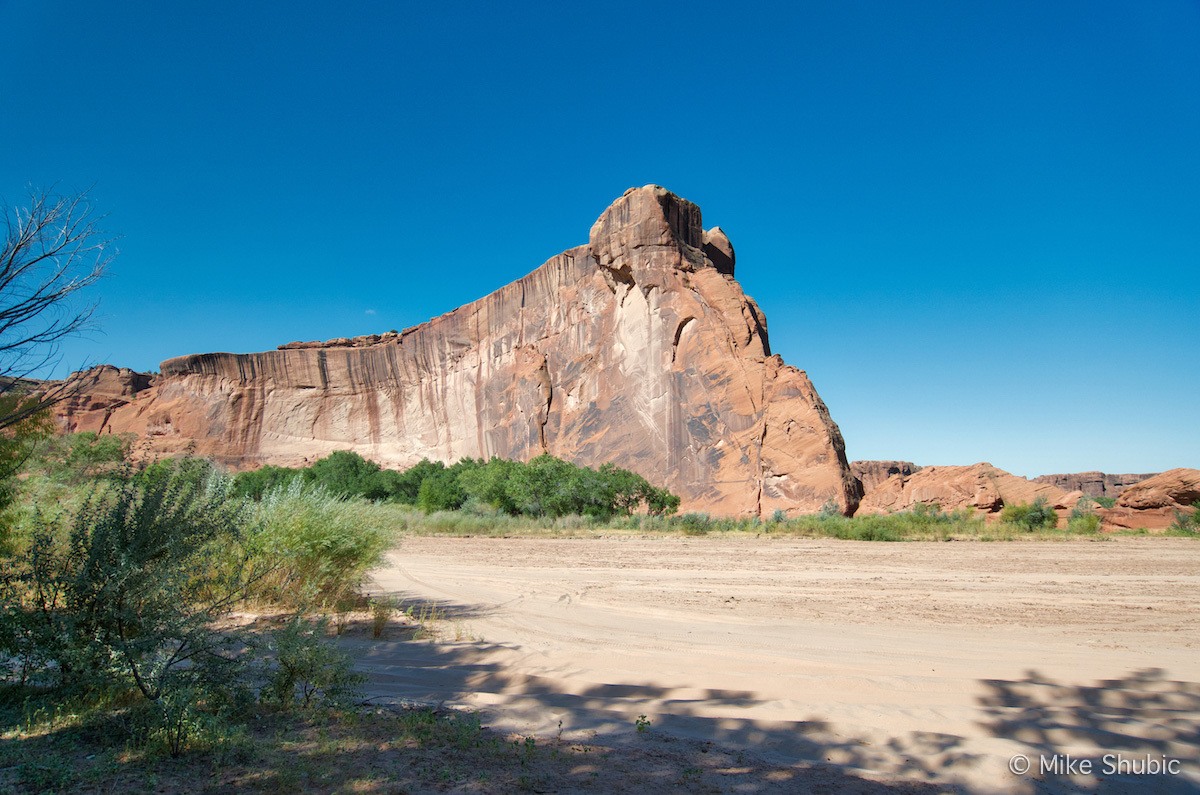
Fewer visitors to Canyon De Chelly means better overall experience
With a declining number of visitors making the trek to Canyon De Chelly, it’s a fantastic time to visit. I explored the Monument in early September and was befuddled by the lack of people. I was often the only person at a given lookout. Our Canyon De Chelly Tours guide even confirmed the dramatic drop-off in tourism, the company used to have 13 guides a few years ago, now they have only 5. According to Arizona Tourism numbers, turnout has dropped nearly 47%, from 825k in 2017, to 439k in 2018. I reached out to the Arizona Office of Tourism for a comment, but they did not reply. The Navajo Nation really depends on tourism, so I would encourage you to go if you want to see some truly remarkable landscape, while also learning about the fascinating history and Navajo culture.
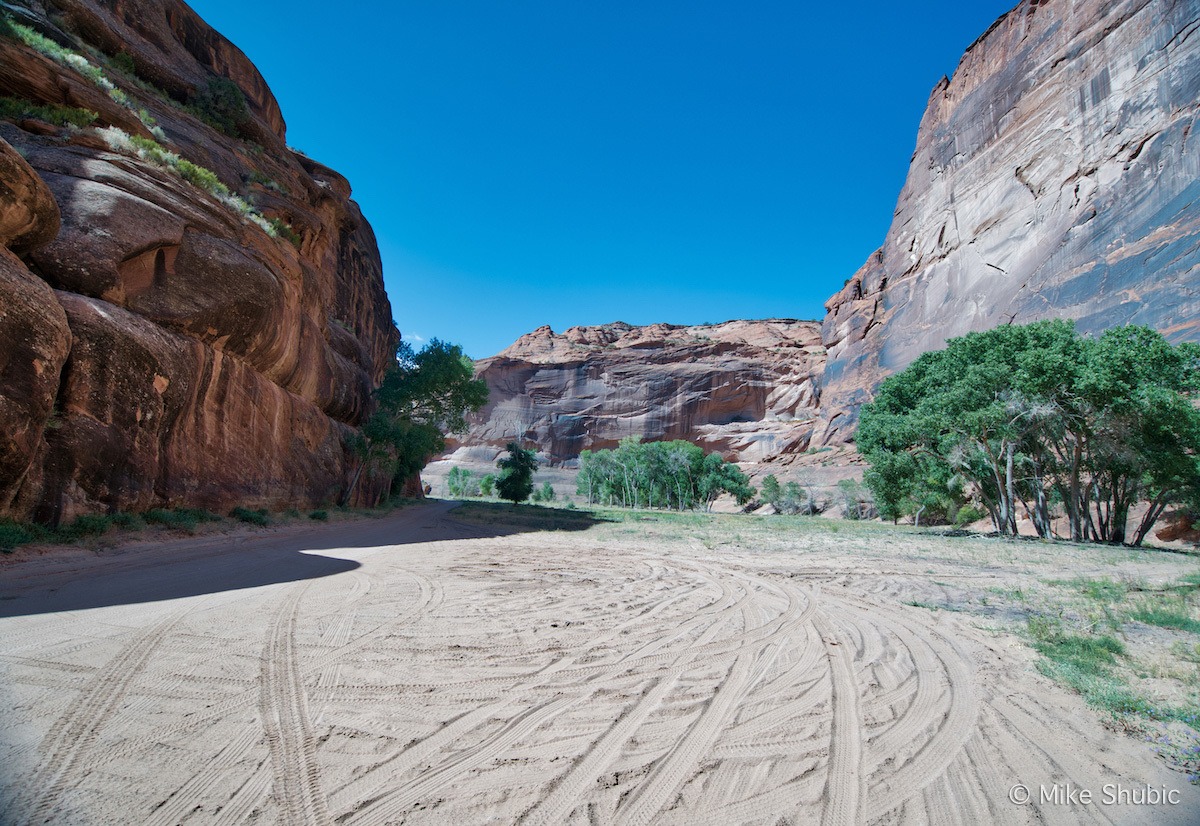
Much of the canyon floor is a thick sandy wash that only sees seasonal water; mostly in the spring after higher elevation snow melts and finds its way through the canyon. The rims of the canyon are lush with vegetation; mainly scrub oak, grasses and bushes. The canyon floor is also lush with trees, but that wasn’t always the case. When famed photographer Ansel Adams visited Canyon De Chelly for the first time in 1937, there was no vegetation to speak of.
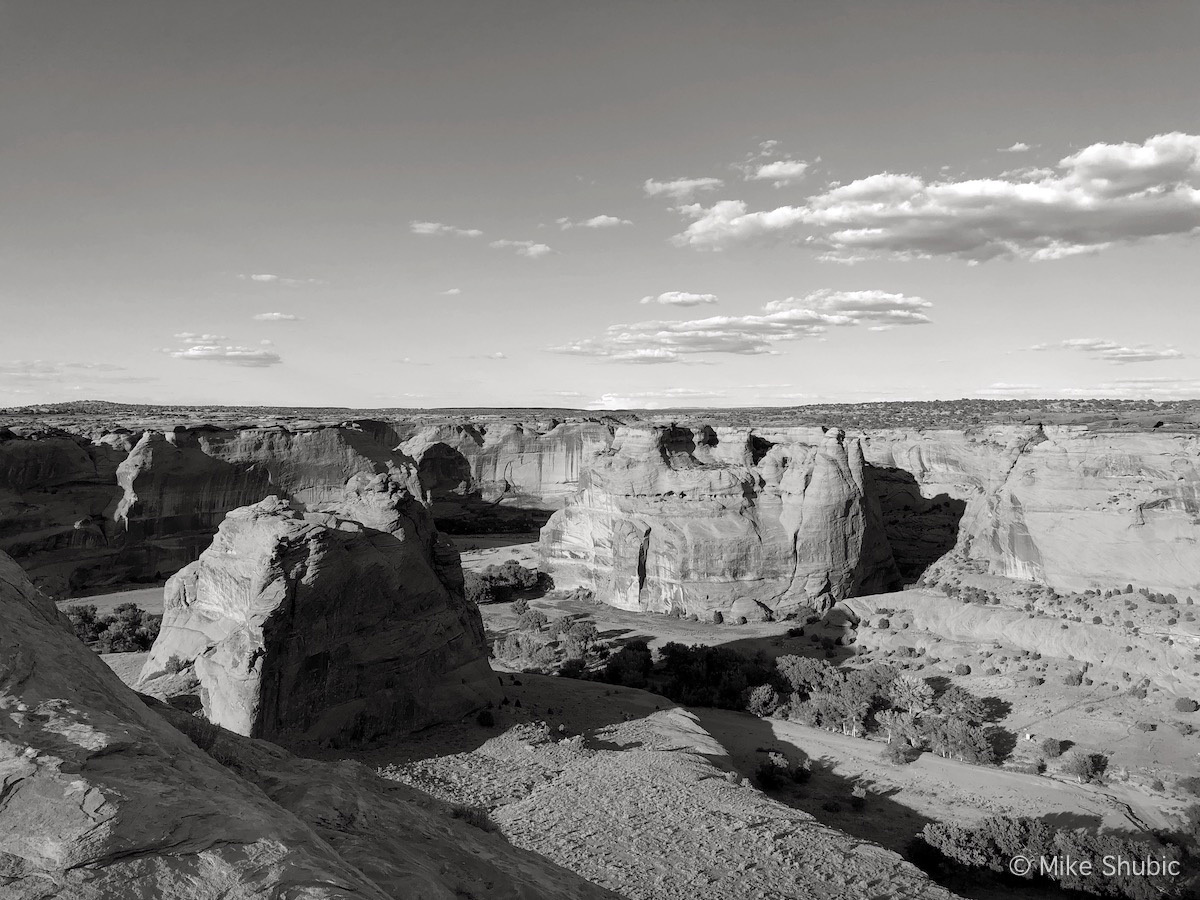
In the early 1970s someone at the U.S. Bureau of Land Management had the bright idea to plant trees to help with erosion. Now, many of these species have gotten out of control and are wreaking havoc in many ways, such as sucking dry the large aquifer beneath the canyon floor.
Rich Navajo/Native history
This part of Arizona has attracted settlers for thousands of years due to its mild climate and fertile lands. Ancient Pueblo, also known as the Anasazi, came here to raise crops, construct pit houses (example at the visitor’s center) and alcove homes (also known as cliff dwellings) to take advantage of the canyon’s natural protection.
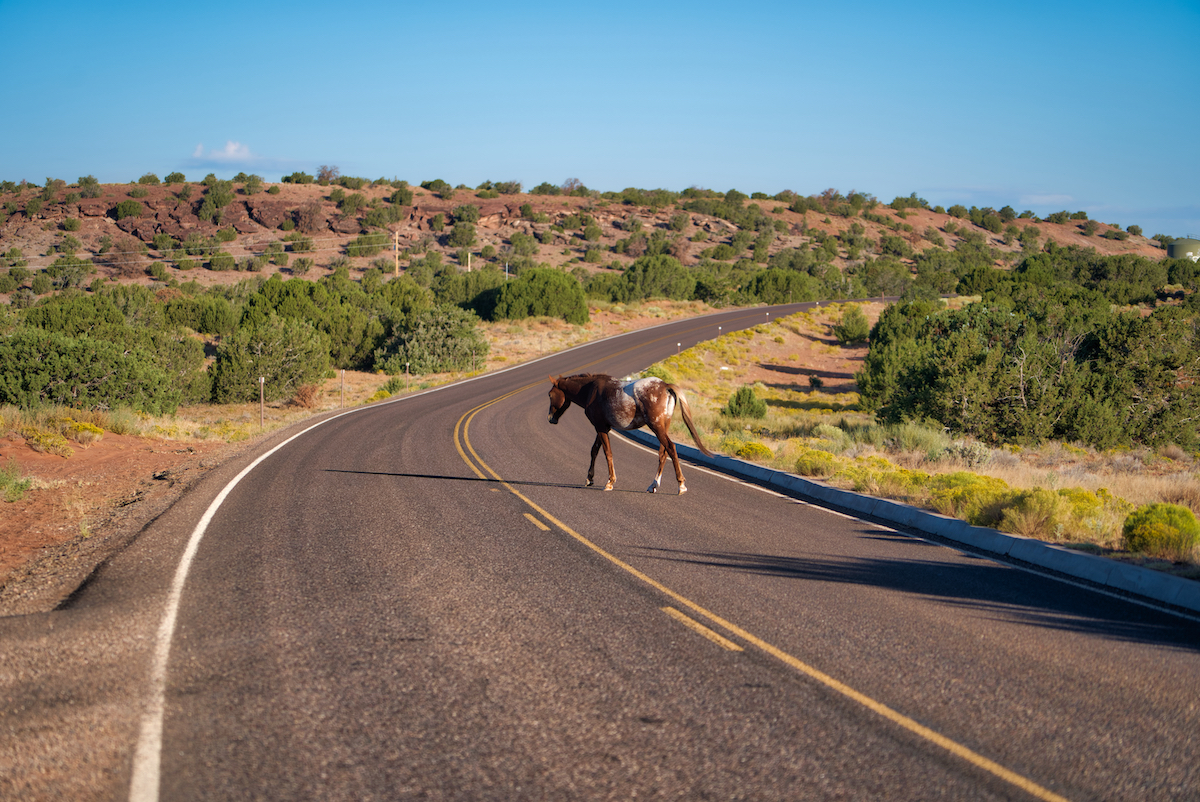
After centuries of inhabiting the land, the 14th century saw the Pueblo seek other lands, likely after the soil’s fertility declined due to the lack of rotating crops. Descendants of the Pueblo, known as the Hopi, later migrated to these canyons to plant corn and peaches. During this time they settled atop the mesa (higher ground) while the Navajo nestled within the valleys of the canyons. Today, approximately forty families live there year-round, holding on to many of their native traditions.
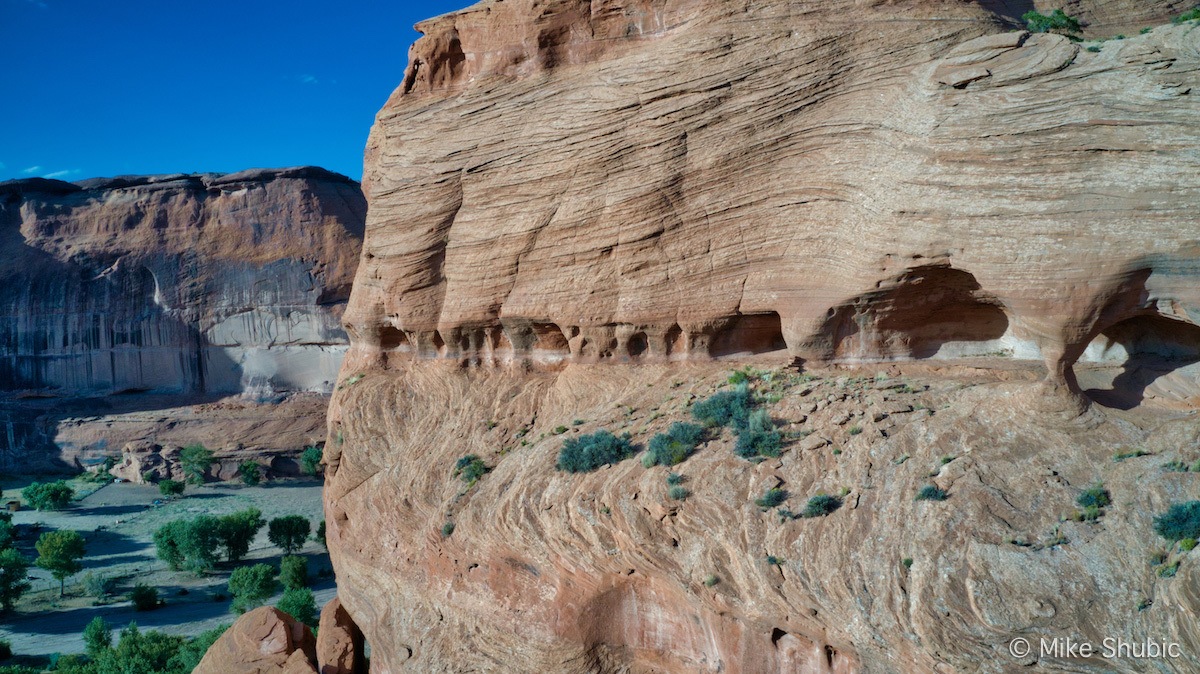
The creation of Canyon de Chelly as a National Monument came about under President Hoover in 1931 with the goal of preserving thousands of years of archeological resources. Today, the Navajo Nation manages and operates these lands in cooperation with the National Parks Service.
The most popular time of year to visit Canyon De Chelly is May and October. I imagine the winter months with a dusting of snow would be a special time to visit.
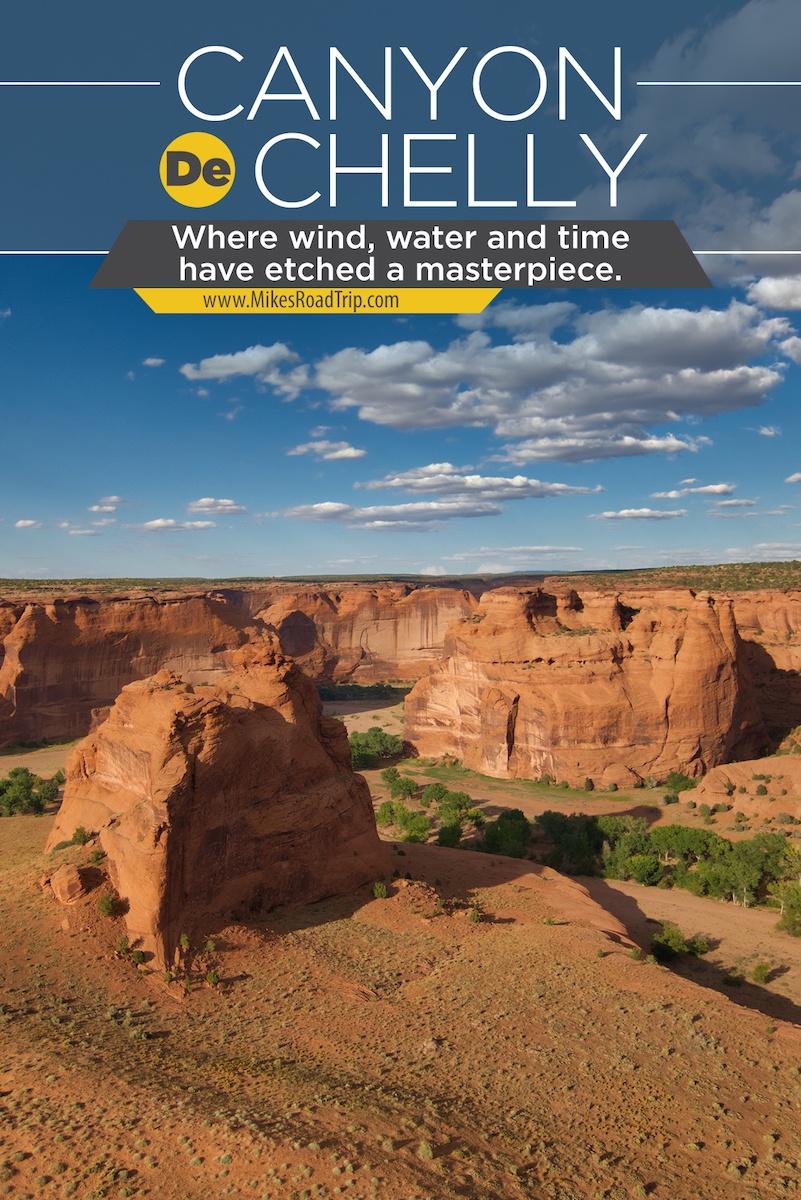
There are several chain hotels located in the town of Chinle, as well as some nearby campgrounds. Click here for a list of hotels.
Canyon De Chelly is an astonishing area with colorful cliffs, rich soil, flora and fauna. It’s a place that should be on everyone’s bucket list. The unique sandstone formations will leave you in awe around each corner. And, each season has something different to offer. For example, many areas have natural basins that have been carved out over years of erosion, leaving behind small to large pools that fill up after a rainfall, adding a unique element that reflects the surrounding scenery.

If you’ve ever visited Canyon De Chelly or have any questions about visiting, please leave a comment below and share your experience/questions. I’d like to thank Honda for loaning my their 2019 Passport Elite, it was a fantastic vehicle for this trip.



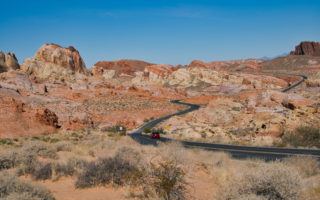
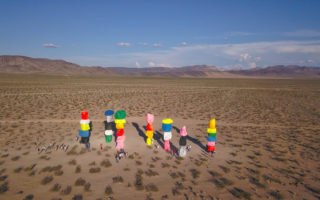
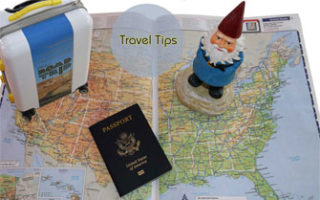

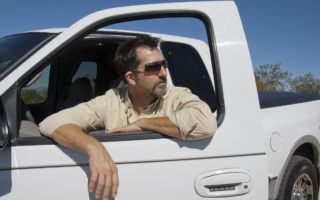
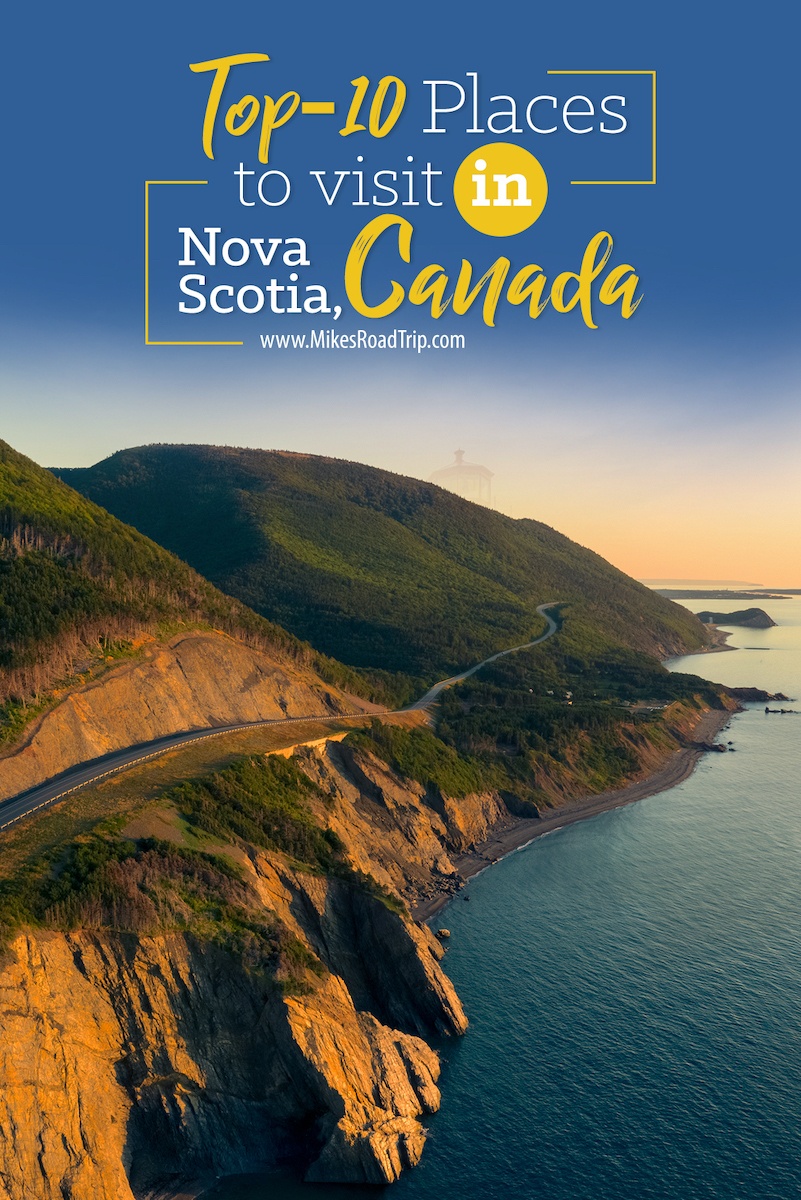
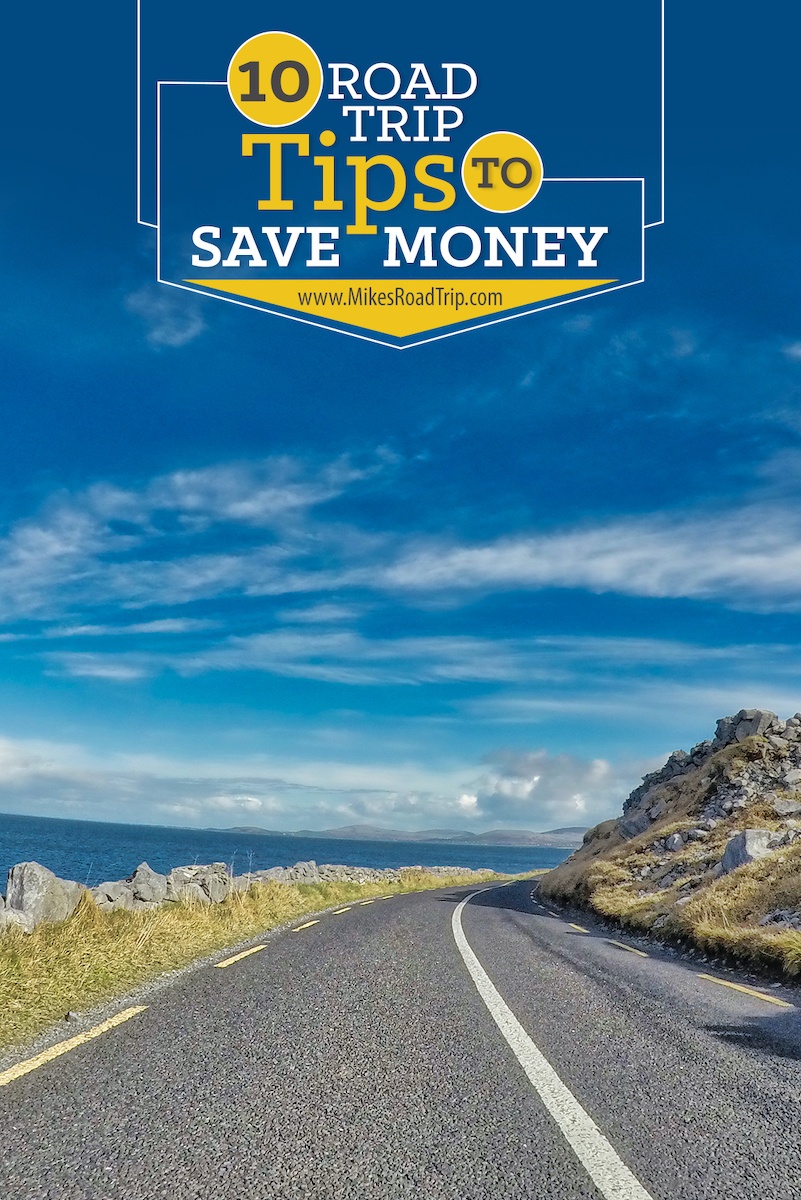
![Top-5 Best Places to visit in Belgium beyond Brussels [video included]](https://mikesroadtrip.com/wp-content/uploads/2020/07/Pin-6b.jpg)
![Top-10 Most Interesting Facts about Arizona [Video Included]](https://mikesroadtrip.com/wp-content/uploads/2020/07/Pin-2.jpg)
